newscience

TO INSPIRE EVERYONE TO BE CURIOUS AND ENGAGED IN SCIENCE.

NEWS FOR MEMBERS, PHILANTHROPIC PARTNERS AND FRIENDS OF THE SAINT LOUIS SCIENCE CENTER SPRING 2023
THE MISSION OF THE SAINT LOUIS SCIENCE CENTER
Board Members
Saint Louis Science Center
Board of Commissioners
Mark J. Bulanda–Chairman
Joshua Randall –Secretary
David Baringer
Pratyush Kumar
Dr. Gena Gunn McClendon
Dr. Glen Stettin
Frank Thurman
Dr. Jeremy Williams
Dr. Mark S. Wrighton
Saint Louis Science Center
Board of Trustees
Dr. Mark S. Wrighton–President
Kevin R. Alm
Barry T. Cervantes
Jim Curran
Susan S. Elliott
Beverly Estes Guyton
Richard C.D. Fleming
Paris Forest
G. Patrick Galvin
Harvey A. Harris
Jerome Harris–Ex-Officio
Dr. Martin H. Israel
Jamie Jabouri
Frank D. Jacobs
Tishaura Jones–Ex-Officio
Robert J. Krieger
Dr. Toni Kutchan–Ex-Officio
Carol B. Loeb
John F. McDonnell (Life Trustee)
RADM Lee J. Metcalf, USN (Ret.)

Edward Monser
Elizabeth E. Niedringhaus
Kenneth A. Olliff
Dr. Sam Page–Ex-Officio
Donn Rubin
Kent Schien
Kathleen R. Sherby
Judy Sindecuse
Dr. Donald M. Suggs
Zar Toolan
Kenneth L. Wagner
Candace Webster–Ex-Officio
Dr. David J. Werner
Connect with curiosity.
Dear Friends of the Saint Louis Science Center, It’s only spring and 2023 is shaping up to be an exciting year here at the Science Center.
On April 16, our James S. McDonnell Planetarium will celebrate its 60th anniversary. In April 1963, an iconic addition to St. Louis welcomed the community when the McDonnell Planetarium opened, inviting people of all ages to look up at the sky and develop a deeper bond with science, technology and the stars above.
Be sure to turn to page 18 and read about the Planetarium and its remarkable history. So much has happened in science and technology even in this relatively short period of time, from humankind’s first steps on the Moon to the changing ways we’re sending humans to space and exploring planetary neighbors like Mars. That’s why we are proud to carry on the legacy of the McDonnell Planetarium for another 60 years and beyond.
But as we reflect on the past, we’re also excited about what comes next. As the Science Center looks to the future of the St. Louis region, STEM (science, technology, engineering and math) isn’t just a fundamental part of our daily lives now, but it’s also key to the opportunities of tomorrow.
At the Science Center, we connect St. Louis with innovative, accessible science, technology, engineering, the arts and math—STEAM—experiences that, together, inspire a curiosity for STEM and foster important 21st century skills like problem solving, collaboration, critical thinking and more.
With this in mind, we are proud to roll out a new vision statement, mission statement and organizational values as we look to the future of the Saint Louis Science Center. These will help guide us in all we do, from the educational programming we offer and the community engagement we provide to updates to our exhibits and galleries. I encourage you to explore the Science Center’s new vision, mission and values on page 4.
The team and I are thrilled to present these new aspects of the Science Center to the public, but what truly energizes us is all the ways we will bring them to life both inside the walls of the Science Center and out in our community.
Of course, our mission is only possible with the support of our members, philanthropic partners and the people we serve. St. Louis is part of our DNA, and we’re honored to have your support as we embark on this new year and new opportunities to invite our community to connect with curiosity.
Sincerely,
Todd Bastean President and CEO

2 SPRING 2023
Connect with us for updates, special events and fun science.
To inspire everyone to be curious and engaged in science. Mission of the Saint Louis Science Center
Hours
Thursday–Saturday 9:30am–4:30pm Sunday 11:00am–4:30pm
Monday 9:30am–4:30pm
Closed Tuesdays & Wednesdays
Contact 314.289.4400 slsc.org
Saint Louis Science Center 5050 Oakland Avenue St. Louis, Missouri 63110
Membership Services & Sales: 314.289.4491 slsc.org/membership memberships@slsc.org
Member Reservations: 314.289.4424
Reservations
Advance Sales & Group Reservations: 314.289.4424
Education
Field trip information: slsc.org/field-trips
Educator Resources: slsc.org/educator-resources
Programming information: education@slsc.org
Events
Host your next private event at the Saint Louis Science Center. Services and catering provided by Saint Louis Science Center Events. For information: 314.533.8179
Accessibility
Complimentary wheelchairs and strollers available in the lobby. Motorized scooters are available for a rental fee. Personal Hearing Assistance Devices available at the OMNIMAX® Theater and Planetarium. Captiview captions devices available for all OMNIMAX® films.
Official Partners
The Saint Louis Science Center gratefully acknowledges the support of our Official Partners.
In This Issue...
Membership Matters
Learn about our brand-new vision, mission, and values. Plus, read about the Member Access Portal, upcoming member events and more.
Science Today
Lisa Kelley, Executive Director of the WildCare Institute at the Saint Louis Zoo, shares her insights into caring for animals around the world, how St. Louis is making an impact on wildlife conservation, and what her experience has been as a woman in science.
Science Never Stops
What can you expect from the GROW Gallery this spring? Bumble bees, rain play, new crops and more.
Join Us
Learn about the origin story of St. Louis’ beloved McDonnell Planetarium. Plus, explore summer camps, Doctor Who’s visit to the Science Center, First Fridays, OMNIMAX® films, Planetarium shows and more.

Community
See what the YES Teens from the Agriscience and Media Arts components have been doing lately, plus a recap of our annual Community STEAM Showcase.
Partnership & Support
Read about our ongoing partnership between the U.S. Army and the Esports Program, sign up for University of Health Science and Pharmacy’s Summer Camp sessions, and learn about an upcoming overnight event with Laclede’s LAN. Then, read our Donor Spotlight of Missouri Soybean and see the latest support helping make our mission possible.
slsc.org 3
4 9 14 16 22 28
Looking to the Future of St. Louis, the Science Center Debuts a New Vision, Mission and Values
As the Saint Louis Science Center looks to the future of the St. Louis region, science, technology, engineering and math (STEM) will be fundamental parts of our daily lives and the opportunities of tomorrow. We believe that connecting St. Louis with innovative, accessible STEM experiences helps inspire a curiosity for science and develops important 21st century skills like problem solving, collaboration, critical thinking and more.
With this in mind, the Science Center is excited to roll out a new vision statement, mission statement and organizational values as we look to the future of our organization. These will help guide the Science Center in all we do, from educational programming and community engagement to updates to our exhibits and galleries.
St. Louis is part of our DNA, and we’re proud to provide a unique environment that enables our community to connect with curiosity. As we envision an equitable and inclusive society where people are passionate about science and use it to improve lives, transform communities and empower future generations, we’re pursuing our mission to inspire everyone to be curious and engaged in science.
OUR VISION
We envision an equitable and inclusive society where people are passionate about science and use it to improve lives, transform communities, and empower future generations.
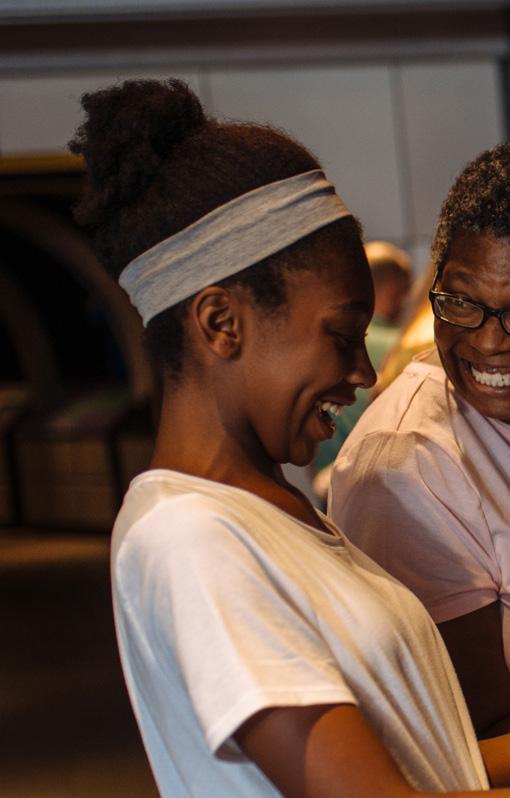
OUR MISSION
To inspire everyone to be curious and engaged in science.


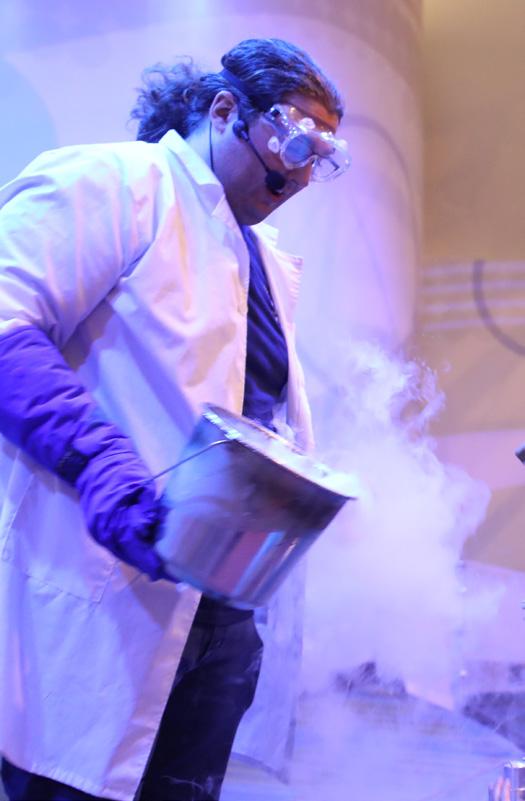
4 SPRING 2023
OUR VALUES
Inclusive and Welcoming to All
Science has space for everyone. We value a diversity of experiences, perspectives and backgrounds and know that our differences make us stronger. We cultivate an equitable and inclusive environment for work, play and learning. We welcome people of all backgrounds.

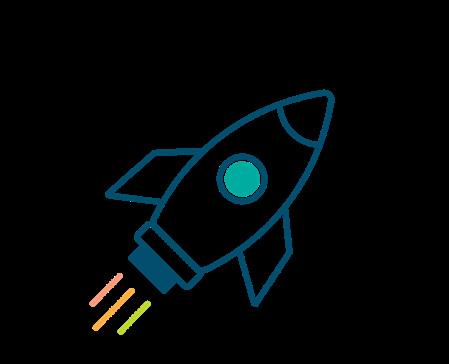
Community Focused

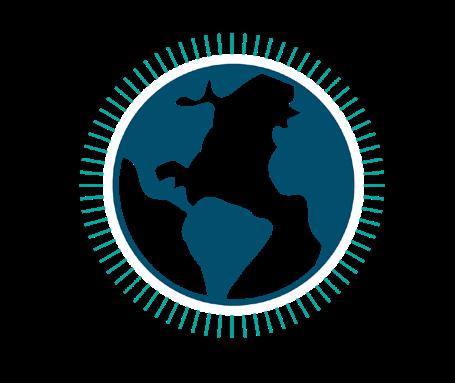
As a public institution, we are a committed partner in unlocking science and technology’s potential for our community and fostering growth by increasing equitable access to science education. Through partnerships, we engage deeply with our community and work together to deliver impactful STEAM (science, technology, engineering, the arts and math) experiences that support community aspirations.
Forward Thinking
STEAM gives us the power to build a brighter future. We innovate, embracing risk and thinking outside the box. We speak boldly on science-related issues and serve as a leader in the St. Louis community.



Lifelong Learners
Learning is a lifelong journey. We strive to continually increase our knowledge and understanding, and we accompany members of our community on that journey through exhibitions, programs and experiences that encourage deeper bonds with science and technology in our world.

Playful and Curious
Play is essential. We approach our work with playfulness and curiosity, always looking to make the Saint Louis Science Center more enjoyable and approachable, and to inspire wonder in our colleagues and guests alike.


Collaborative
Collaboration is central to how we work. We function as a team and as true partners in our community, embracing respect and honesty as we work together to improve the Science Center and the people we serve.
slsc.org
History is filled with notable women in the fields of STEM—science, technology, engineering and math—who have pushed for equality and demonstrated that their talents have the power to change the future.
Today, science is still striving for more equal representation in STEM fields and professions, and women in science continue to make their mark and play trailblazing roles in STEM.
Photos courtesy of the If/Then Project. Learn about the project and see more examples of women in science at ifthencollection.org.
Magan Lewis
INTEGRATED FIELD SCIENCES GLOBAL INNOVATION LEAD
Corteva Agriscience | Johnston, IA
Dr. Magan Lewis serves as the Integrated Field Sciences Global Innovation Lead for Corteva Agriscience. In her role, she oversees the development and implementation of new technology across the globe to enhance product development and agriculture research. From working with UAVs during the day to STEM outreach at night, Magan’s award-winning leadership and outreach passion has allowed her to launch “You Be The Chemist” quiz bowls and mentor young scientists globally through Science and Engineering Fairs. Magan is an active member of the Food Security Global Steering Team and has recently co-founded a STEM Camp with her husband.
Magan holds a Ph.D. in Plant Breeding and Genetics from North Dakota State University and M.S. and B.S. degrees from the University of Minnesota. She resides in the Des Moines, Iowa-area with her husband and two daughters. The Lewis family enjoys bike rides, catching frogs, identifying insects, tumbling rocks, traveling, playing piano and NDSU Football.

6 SPRING 2023 MEMBERSHIP MATTERS
Hi! I’m Magan Lewis. When I think about my STEM journey, the nightly trips my family took after supper come to mind. I remember racing my brother to the best seat in the back of our 1988 Bronco with my mom and dad up front. We would bounce around the countryside, with my dad pointing out different plants and my brother and I competing to be the first to holler out the genus, species or family name. This was our version of ‘family time’ and those car rides continued through college. When I close my eyes, I can still hear the crickets chirping and feel the evening wind brushing across my cheek.
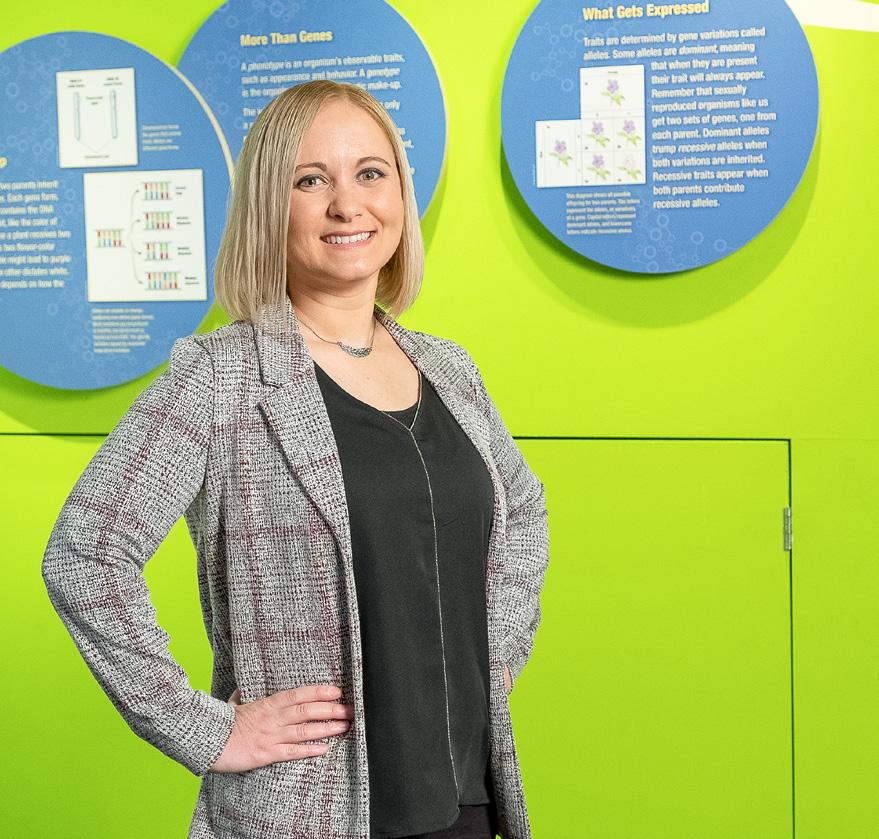
Even at that young age, I knew that my passion would be in STEM. It grew from there. From science fairs to science majors, I wanted to be a leader in feeding the world. Today, that passion lives on. I aim to be a strong role model for my girls like my dad was for me, by bringing the excitement I feel for STEM into their childhood. They may not be on a first-name basis with our local plant species yet, but insects and rocks will do.
Upcoming Member Events
SUNDAY, APRIL 16 | 10:00AM
Designed for the Future
Tickets available March 23
Join us on the 60th birthday of the Planetarium to celebrate at this members-only event! McDonnell Planetarium Manager Will Snyder will present on the unique origins and iconic design of our Planetarium that have made it a landmark in St. Louis since 1963. Birthday treats and refreshments will be provided. Keep the party going, and stay for the 11:30am Live Sky Tonight Star Show following the morning lecture (separate ticket required).

THURSDAY, MAY 4 | 6:00 – 8:00PM
Member Mission: Doctor Who Time
Lord Tour
Tickets available April 13
Join us for a special Doctor Who experience! Members will join Manager of Collections & Special Projects Kristina Hampton on a guided tour of the only screen-used TARDIS on display in the United States–plus, sonic screwdrivers! Have your photo taken with the TARDIS, and then watch an episode of Doctor Who with free snacks and drinks.
THURSDAY, MAY 18 | 5:30PM & 7:00PM
OMNIMAX® Member Preview
Tickets available April 27
Save the date for our next OMNIMAX® film member preview! Join us for popcorn, drinks and one of the most fun ways to learn about science–on the Giant Screen!
slsc.org
“ ”
Your MAP to the Perks of Membership
Welcome to your newest benefit–The Member Access Portal (MAP)! This password–protected, members-only portion of the website is the easiest way to find out what’s new at the Science Center and how you can get the most enjoyment from your museum.
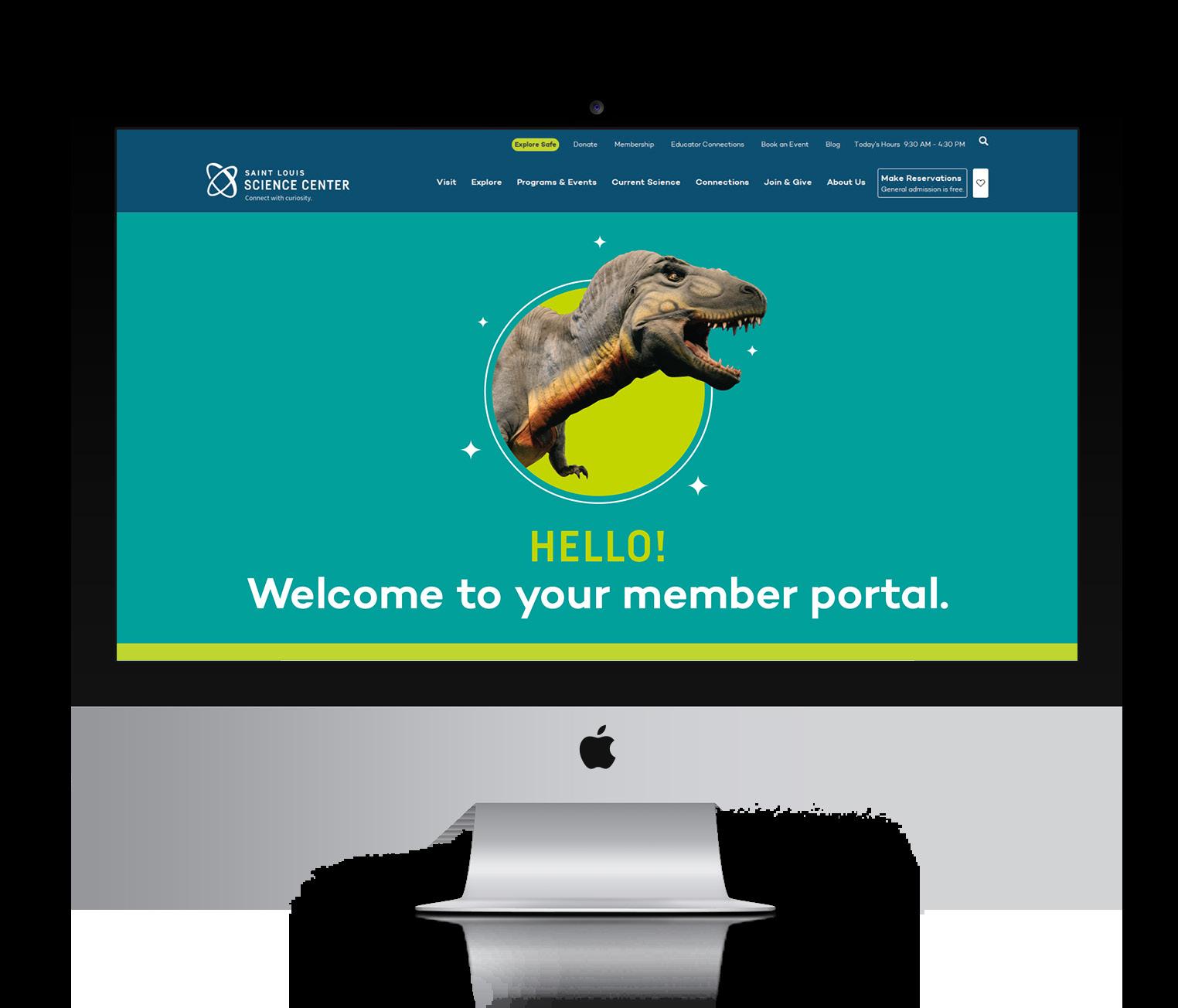
The Portal Home page includes announcements about what’s happening now and in the near future at the Science Center in one easy-to-navigate place so that you can plan your visits with our most recent offerings in mind. We’ll be including public events like Yoga Under the Stars and Laser Light Shows, as well as updated information on our Makerspace, Preschool Science Series, Discovery Room and other Science Center programs whose themed offerings change regularly.
Our Account & Benefits page will provide the basic information about membership benefits and levels, with more content coming in future months to make your membership experience as easy as pi.
Additionally, the Portal will keep you informed about upcoming members-only events on our Calendar & Events page, as well as offering you a chance to reminisce about past member events through photo slideshows and videos of those fantastic member nights.
The Science Now! page will feature the Selected Collections Artifact of the Month, as well as virtual collections tours, Chat with a Scientist videos, NewScience articles and ways to explore the fun of science learning at home.
We’ll never stop updating and adding to the Portal to make sure it’s fun, easy to use and helpful for you. We hope to incorporate more content into the Portal in the coming months, including surveys and polls, giveaways, and maybe even a member message board to help you find your best member friends you met at a recent event so you can plan playdates in the future. As the Science Center’s ticketing software is improved in the coming months, we also hope to be able to incorporate specific information about your membership and remaining benefits, as well as streamlining the membership ticketing process.
But for now, please enjoy the Member Access Portal in its current state, and please let us know your thoughts! Thanks to the members who were selected to beta test the Portal in 2022; your feedback was extremely valuable.
You will receive an email on April 10 to sign up for and begin using the Member Access Portal.
8 SPRING 2023
MEMBERSHIP MATTERS
with Dr. Lisa Kelley
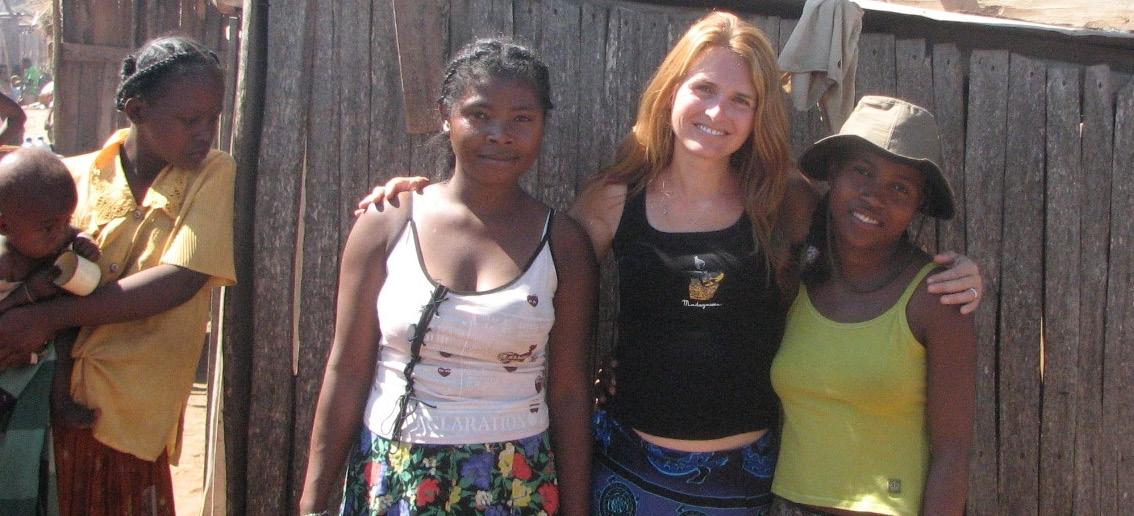
Dr. Kelley, can you tell us about your current role at the Saint Louis Zoo and describe some of the incredible work that’s happening here in St. Louis and around the globe?

As Executive Director of the Saint Louis Zoo WildCare Institute, I work with my colleague, Bob Merz, the Assistant Director of WildCare, to provide institutional oversight and manage the conservation portfolio of the Zoo’s 30 WildCare conservation efforts. 17 of these efforts are called Centers, which are larger in geographic scope and are all premised on three pillars: wildlife rehabilitation and recovery; conservation research; and support of the humans that co-exist with wildlife. A majority of the Directors of these Centers are curators of the Zoo’s Animal Care team, and also include the Director of the Institute for Conservation Medicine as well as Bob and me. I oversee the Center for Conservation in Madagascar, which primarily supports the Madagascar Fauna and Flora Group, a multi-zoo collaboration which the Zoo, as well as the Missouri Botanical Garden and several other conservation organizations, cofounded in 1988. This work includes the management of one of only two zoos in Madagascar as well as the conservation and preservation of Madagascar’s oldest protected area, Betampona Natural Reserve. Significantly, this reserve is one of only two protected areas in Madagascar where the forest has actually increased in the last decade.

on the next page.
Continued
Dr. Kelley with wives of Madagascar National Park officials at one of the villages near Cap Sainte-Marie Special Reserve.
Dr. Kelley making behavioral observations on ring-tailed lemurs in a sacred forest near Cap Sainte-Marie, Madagascar.
Dr. Kelley saying goodbye on her last day as a primate keeper.
Animal Care Around the World (Continued)
Other long established and very successful WildCare Institute Centers include the Center for American Burying Beetle Conservation and the Ron and Karen Goellner Center for Hellbender Conservation in North America; African conservation efforts such as the Center for Conservation in the Horn of Africa and the Saharan Wildlife Recovery Center; and Central and South American efforts like the Center for Avian Health in the Galapagos and the Center for Conservation in Punta San Juan, Peru.
Collectively, the WildCare Institute works with over 160 partners around the globe, and the WildCare Institute has worked with many of these partners for over 20 years. This includes one of our university partners, the University of Missouri–St. Louis Whitney R. Harris World Ecology Center. Notably, through this partnership and the leadership of E. Desmond Lee Biology Professor Dr. Patricia Parker, who is also Senior Scientist of the Zoo, the Saint Louis Zoo recently received the World Association of Zoos and Aquariums (WAZA) conservation award for the work of the Center for Avian Health in the Galapagos Islands.
It’s remarkable just how much science is happening in St. Louis or around the world because of organizations in St. Louis. As someone leading efforts in the field, what’s your perspective on the relationship between St. Louis and wildlife conservation?
The Saint Louis Zoo is one of the leading zoos for wildlife conservation, on both a national and global scale. Yet notably, the St. Louis area itself is also unparalleled as a foundational place for wildlife conservation and research. I am not aware of anywhere else with the sheer number of formal collaborations among conservation and science-minded institutions, which include the Zoo Museum District (through which the Zoo and Science Center are partners), two university-Zoo-Botanical Garden joint partnerships, a 50-year-old center dedicated to wolf conservation, a bird sanctuary dedicated to both local species as well as African vultures, and an aquarium. The St. Louis community should have great pride in the fact that it is home to organizations making a positive impact on the future of wildlife and the environment, and it is one of the industries in St. Louis that is not only stable but actually growing. In fact, St. Louis’ commitment to biodiversity is why I have chosen St. Louis as my home. Twice, I came to St. Louis for school, where I learned about what I can do to help animals. And twice I stayed in St. Louis to pursue a career at the Zoo, putting into practice the lessons learned through both the academic and immersive education I received along the journey.
Speaking of your childhood and education, how did you get started in wildlife conservation? Were you always drawn to studying and working with animals?
Originally from Nebraska, I spent my childhood years loving anything animal-related, but I thought that the only animal related career was as a veterinarian. It wasn’t until I took a class on environmental policy my junior year at Washington University when I learned there are multiple careers that can positively impact the environment and wildlife, and I actively sought out courses that would enable me to do so.
My senior year, I received a joint Washington University-Saint Louis Zoo internship where students could earn credit working in the Primate Unit, and through this internship I fell in love with the primates and the Zoo community. I started my position as a parttime keeper at the Children’s Zoo the day following graduation.
Eventually I returned to the primate unit, where I gained experience well beyond animal care and primate behavior. The unit’s curator was very involved in wildlife conservation efforts, especially lemurs and their habitat in Madagascar. Her dedication and genuine love for the country were infectious, and I knew that I needed to go to Madagascar to truly understand how incredibly special lemurs are within their natural habitat.
So, I applied for a newly developed MSc (Master of Science Degree) program specific to Primate Conservation in Oxford, England. I was accepted, and after finishing the coursework I spent five months in one of Madagascar’s montane rainforests studying a species that cannot be found in zoos—the silky sifaka.

10 SPRING 2023
SCIENCE TODAY
Dr. Kelley's first encounter of the ring-tailed lemur study population. The male in the back would later be known as White-Spot for his beautiful and unusual markings.
What was that experience like, and how did it prepare you for some of your later conservation work and eventually your role at the Saint Louis Zoo?
I went by myself but was able to join another small team, but none of us had ever had this kind of field experience before. It was a harrowing yet adventurous experience, and through it I learned a great deal about how to develop and lead a field study. I was able to put that experience to good use when I went to Madagascar again multiple times through a PhD program in Anthropology at Washington University.
My longest field experience lasted 18 months studying ring-tail lemurs in a beautiful yet desolate village landscape at the furthest point of the island—the Cap Sainte-Marie region. The Saint Louis Zoo was an important and supportive partner for this project. Not only did one of the Zoo’s veterinarians go to my field site at no cost to conduct health assessments and collar the study population, but the project was also partly funded through a WildCare Institute Field Research for Conservation grant.
In 2016, the Saint Louis Zoo created a position called WildCare Institute Assistant, which soon transformed to a full-time Assistant Director position. In 2019, with the retirement of my predecessor, Dr. Eric Miller, I became the Executive Director.

March is Women’s History Month, and as a woman in STEM who also happens to be a wife and mother, can you talk a bit about what your experience has been or what challenges you’ve faced in getting to where you are today?
I met my husband the last semester of my senior year of college when I was working as a primate intern, and we got married when I was a primate keeper. His job has always been completely unrelated to mine, as he’s spent most of his life working in the healthcare industry. In our early years, we rarely saw each other as he traveled during the week and I had Tuesdays/Wednesdays off. It wasn’t until we moved to England together for the MSc program when we really lived together. (We joked that it was good it turned out we liked each other.)
For my entire career, he’s wholeheartedly supported all of my decisions, even when it meant finding work 45 minutes from our residence while living in another country, making multiple financial sacrifices, and spending more time apart during the many months I was in Madagascar.
For 10 years, we lived this journey just the two of us. We started a family immediately after my extended 18-month field work. While that was the last time I have been to Madagascar, our daughters are named Sienna, after the Madagascar sunrise, and Marissa, in honor of the ocean. They are both avid swimmers and lovers of the sun.
Dr. Lisa Kelley is the Executive Director of the Saint Louis Zoo WildCare Institute. Drawing on her educational background in primate conservation, anthropology and extensive field experience, Dr. Kelley helps manage a network of 30 WildCare Institute conservation efforts around the world and oversees the Center for Conservation in Madagascar. She lives in St. Louis with her husband and two children.

slsc.org
STEM EXPERT SPOTLIGHT
Dr. Kelley with daughters Sienna and Marissa hiking in Torrey Pines, California, moments after learning she'd received the Executive Director of WildCare job at the Zoo.
Natural Histories: 400 Years of Scientific Illustration


Scientific illustration has been a vital piece of scientific research and understanding for hundreds of years. Though scientific illustrations can be quite beautiful in and of themselves, their main purpose is to help explain complex concepts, show intricate details, and even represent extinct species.


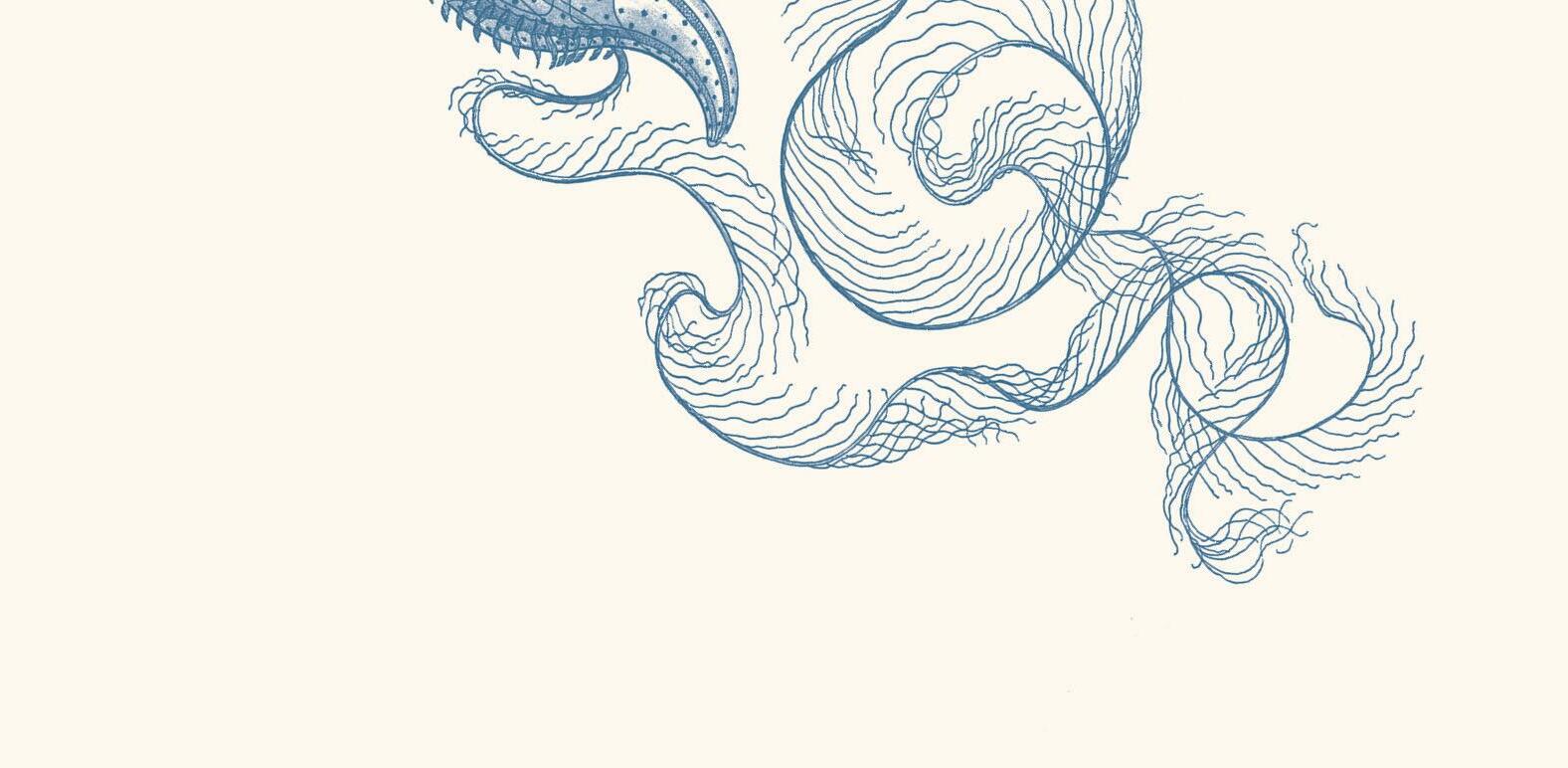
Though modern imaging techniques can produce much more detailed images, scientific artworks and illustrations are still used to convey more complex subjects. Today, scientific art has expanded beyond scientific illustrations and includes fields such as data visualization, which helps people to better understand the information data represents.


The exhibition Natural Histories: 400 Years of Scientific Illustration, featuring scientific illustrations spanning five centuries, is now open on the second floor of the Saint Louis Science Center! This exhibition showcases images that were created in pursuit of scientific knowledge and to accompany important scientific works in disciplines ranging from astronomy to zoology. It explores the integral role illustration has played in scientific discovery through striking, large-format reproductions from the Rare Book collection of the American Museum of Natural History’s Library, including illustrations by celebrated artists Albrecht Dürer, Joseph Wolf, Moses Harris and John Woodhouse Audubon. Natural Histories also includes several specimens from the Saint Louis Science Center’s Collections so guests can compare real examples of animals with those featured in the illustrations.
Admission to Natural Histories is free.

SPRING 2023 GALLERY SPOTLIGHT
Natural Histories: 400 Years of Scientific Illustration is organized by the American Museum of Natural History, New York (amnh.org)
3 Simple Things to Do for Earth Day
Reduce your food waste.
Food waste accounts for 8% of total greenhouse gas emissions each year, which is more than the airline industry generates. It takes a lot of energy, water and resources to grow, harvest, process and transport your food. Not only that, but food waste also takes a toll on your own expenses. Each person wastes about $1300 worth of food in a year. Yikes!
There are many actions you can take to reduce your food waste including these:
• Plan meals ahead of time.
• Make grocery lists and stick to them.
• Label leftovers with the date they were made.
• Learn what “best by/sell by/use by” actually mean. (Hint: none of those is an expiration date!)
• To learn more, check out: https://earthday-365.org/toogoodtowaste/
Plant native plants.
Ride your bike.
Remember when riding your bike was the most fun? Recapture that feeling of freedom and use your bike to run short errands. Or take a bike ride instead of driving to the gym. Great Rivers Greenway has installed over 128 miles of trails and connecting lanes to make it easier for you to walk or ride your bike around the region.
When you decide to get back on your bike, follow these tips from Missouri Bike Federation:
• Stop at every stop sign and stoplight, just as cars do.
• Ride with traffic, not against it.
• Check traffic and signal before merging or turning, just as cars do.
• Use bike lights, both front and rear, starting at dusk.
Do you have an area like a school garden, your own yard or even your place of business where you can install some plants? Consider adding native plants to increase the biodiversity in your area. Biodiversity is important and necessary to provide habitat for insects and other wildlife which have seen significant decline in the past two decades.
Making a difference can be so beautiful.
• Start small. Set aside a 4 x 4 or 4 x 8-foot space and plant some easy-to-grow native plants. Note whether your location is mostly sunny, mostly shady or a combination.
• Get involved with a local group on social media or other gardening club so you can share resources.
• Check out the GROW Native! page for lists of suggested plants that match your desired outcome or your location. For example, if you want to increase pollinators, you might start with plants that attract bees and butterflies. https://grownative.org/
slsc.org
Earth Day is April 22! In celebration, check out these three actions you can take to reduce climate impact and make a difference in your community.
1 2 3
What's happening in

Get Buzzed!
Every April we install a small bumble bee colony into the bumble bee display in the GROW Pavilion. The bees arrive in the mail, and we rely on help from the entomology department of the Saint Louis Zoo to move the bees into our bee box.

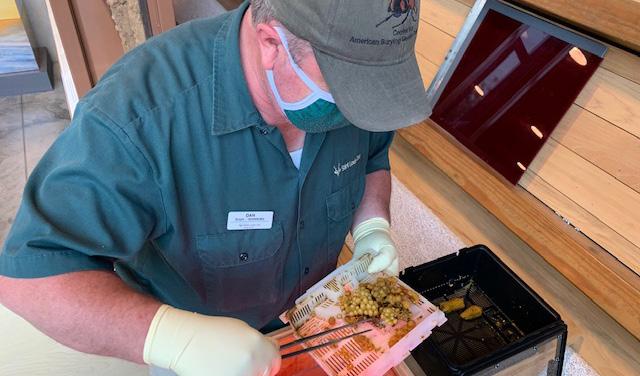

Did you know?
Bumble bees are different from honey bees because their colonies are only around from April through August or September.
Bumble bees are similar to honey bees in that they have a queen and worker bees. Most other types of bees are solitary bees.
Bombus impatiens (the bumble bees we host) are native to Missouri.
Native bees are important for biodiversity, and their pollination efforts ensure that you can eat that delicious pizza you enjoy because they are wonderful for tomato plants.
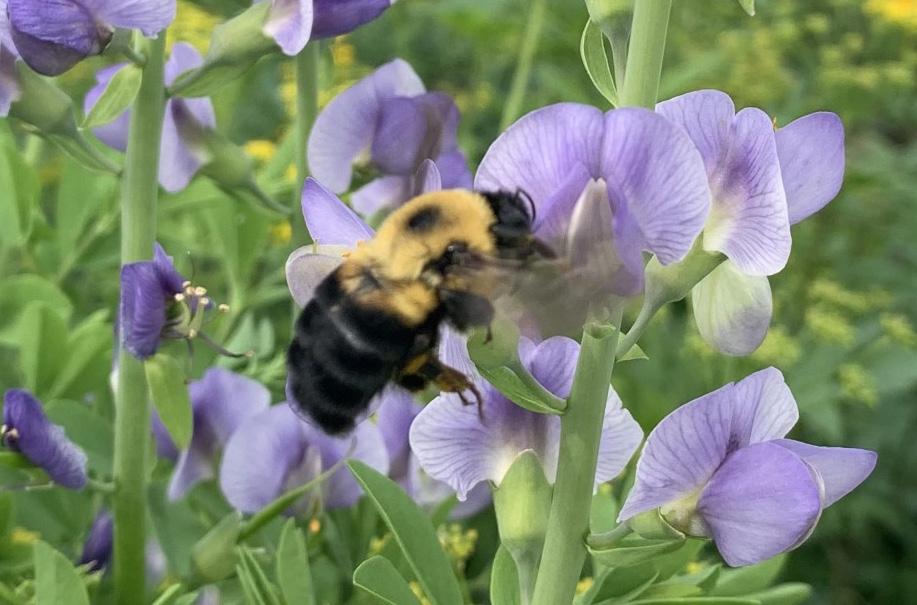
Bumble bees use “buzz” pollination to pollinate plants like tomatoes and blueberries. The bumble bees can access the tightly packed pollen found on these plants by producing strong vibrations with their legs and mouth. These vibrations explode the pollen, and the hairy bumble bee then combs the pollen into her pollen baskets on the hind legs. The grains that are missed can pollinate the next flowers she visits.
Learn more about these buzzy bees, as well as our honey bees, which are located outside year-round.
14 SPRING 2023 SCIENCE NEVER STOPS
This summer, GROW re-opens the Rain Play exhibit with a new look and interactives. Don’t worry–you can still get wet. The new exhibit allows even our youngest walkers to engage in a little water play. A new design will conserve water and convey concepts around engineering, water use in agriculture and ways farmers use natural systems to clean water.
Playing in the Rain Plants, Plants, Plants
It wouldn’t be GROW without our plants. The GROW team is able to change its outdoor gallery annually – simply by altering what is planted. Each year, the GROW team meets and decides what to plant in the coming year. Educators weigh in on plants that can be used for programs and demonstrations, as well as what crops can be planted to demonstrate new agricultural technologies.
Over the last few years, the GROW team has raised a plot of cotton. Staff have engaged guests in learning about the plant and products with interactives around harvesting, using a cotton gin, and spinning cotton into thread, using a 3D-printed charka (an Indian spinning wheel) created in the Science Center's Makerspace. In late 2022, Senior Educator Andy Senters found a way to use the thread he and the Science Center guests had spun. “Making this weaving allows us to show a final product. Now our guests can see the whole process from raw cotton to a textile.”
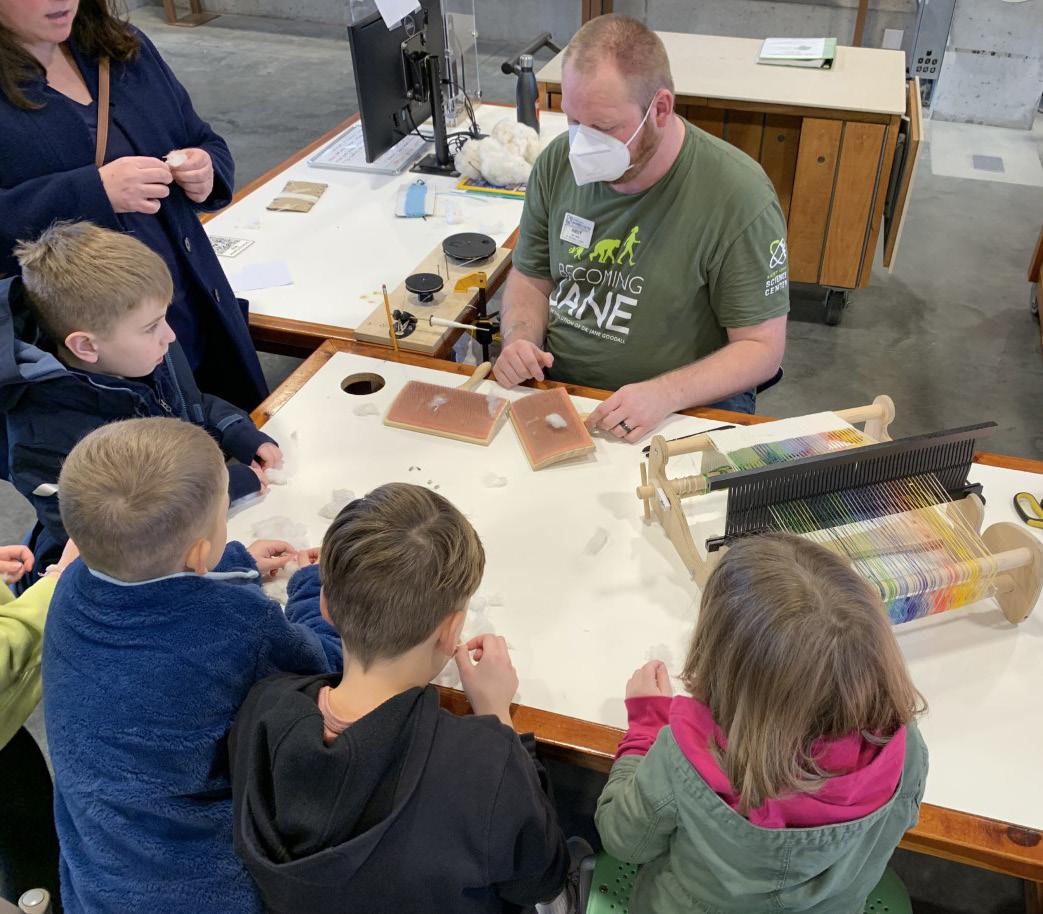

This year, the GROW team will experiment with growing tea, indigo and even taro plants. The taro tuber is a staple crop grown in tropical regions and not typically found in Missouri. The tea, which can take 3 to 5 years before it can be harvested, could then be used for dyeing the cotton thread for future guests.
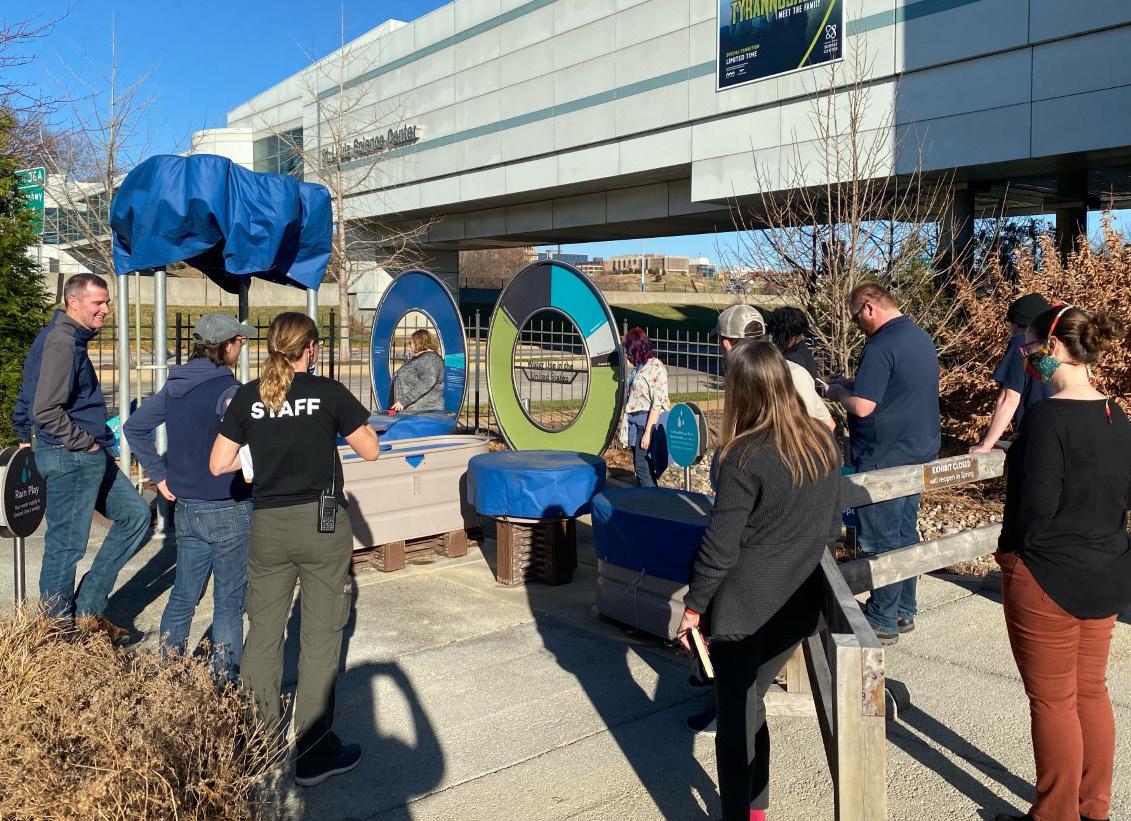
slsc.org
All First Friday events will take place from 5:00pm–9:00pm. Visit slsc.org/first-fridays for updates and schedules.
March 3 | George of the Jungle
Watch out for that...tree! Join us for a night all about this 90s favorite and learn about the real science behind it. Test your knowledge at trivia, play a building-wide game, and end the evening with a free screening of George of the Jungle
April 7 | Nintendo
Enjoy all things Nintendo at our April First Friday. The evening will feature Esports competitions, trivia, Mario party games on stage, a building-wide game, and many more activities! This will also be the premiere of The Super Mario Bros. Movie (2023) in our OMNIMAX® theater.
May 5 | Titanic
Let your heart go on at our Titanic First Friday event. Explore the science behind icebergs, find out why Jack couldn’t fit on that door with Rose, and complete a building-wide game as a Titanic passenger. End the evening with a screening of Titanic in our OMNIMAX® theater.
SAVE THE DATE!
Our next SciFest will be Saturday, May 13, 2023. Visit slsc.org/scifest for updates on this event!
16 SPRING 2023 JOIN US
Priority Membership Registration begins MARCH 6! Visit slsc.org/camps to learn more.
A Celebration of Universal Proportions
In November of this year the world will celebrate the 60th anniversary of the epic fantasy/sci-fi television series
Doctor Who !

In 1963 the world was introduced to the clever Time Lord from Gallifrey who travels through time and space to defend the universe against the forces that would destroy it. The Doctor’s stolen time machine/spaceship, the TARDIS, has become the iconic symbol for this culturally significant series. Stuck in the form of a British police telephone call box, that mysterious blue box (which is bigger on the inside) is recognized around the world.

An Exclusive Opportunity
We are thrilled to be hosting a one-of-a-kind, never before seen Doctor Who exhibit! The TARDIS will be materializing at your Saint Louis Science Center just in time to celebrate the milestone anniversary of the beloved TV series. This full-scale TARDIS was used onscreen by four Doctors in two different episodes (2017 Christmas Special “Twice Upon a Time” and the 2020 Series 12 Episode 5 “Fugitive of the Judoon”) and is based off the 1st Doctor’s 1966 TARDIS. It is one of only three full-sized TARDIS filming props known in the US, and the ONLY one available for public display. Not only that, but you will also be able to see items from the largest collection of sonic screwdriver material IN THE WORLD! You hardly see the Doctor without his/her trusty sonic, which has come in handy during many adventures. Several of the screen-used sonics and stunt sonics used by Doctors of the Who reboot (post-2005), like David Tennant’s 10th Doctor and Matt Smith’s 11th Doctor, will be on display, as well as the oldest Doctor’s sonic to still exist! Additionally, a selection of hand-drawn concept art, sketches and schematics produced by the artists and prop makers of the sonics will offer an inside look into the creation of this all-important prop. There may be some other Doctor Who surprises as well!
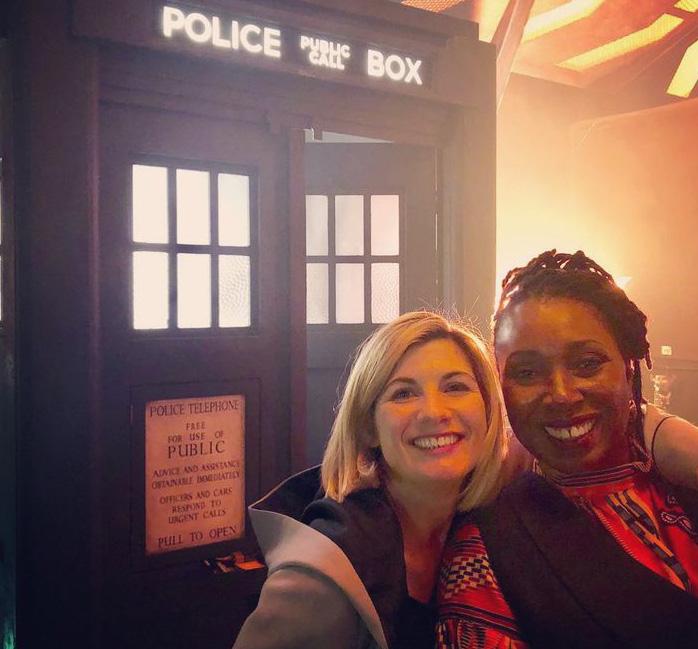
You don’t want to miss this exclusive exhibition, ONLY at the Saint Louis Science Center!
Where would the Doctor be without this versatile tool?
slsc.org
TARDIS Time and Relative Dimension In Space
The Origin Story of a St. Louis Icon

Do you know any St. Louisans around 85 years of age or older who lived here in the 1950s? If you love the James S. McDonnell Planetarium and can’t imagine St. Louis without it, you might want to write them a thank you note, because their votes may be responsible for the creation of the Planetarium we know and love.
While this spring is the sixtieth anniversary of the Planetarium’s opening, the idea became real on May 26, 1955 when citizens of St. Louis City and County voted on a bond issue that, along with funding for roads, infrastructure, hospitals and improvements to the Zoo and the Art Museum, included a plan unlike any other in the United States at that time–a plan to build a publicly funded planetarium. News reports presented the bond issue as a chance to choose between “progress or decay” for the city of St. Louis.



At that time, fewer than ten planetariums existed in the United States, all funded by wealthy donors. Six cities had established large planetariums: New York, Philadelphia, Pittsburgh, Chicago, Los Angeles and San Francisco. Boston was building one, and Kansas City and Milwaukee had “small shows,” according to the St. Louis Post-Dispatch’s Henry Wilensky.
Judging from news articles, while some citizens being interviewed weren’t even sure what a planetarium was, others were already excited about the idea. Some St. Louisans strongly supported improving the area’s public educational offerings. Wilensky reported that a planetarium would represent the acquisition of a “major addition to [the city’s] public educational facilities” and called it “an unusually effective audio-visual aid in public education.”

Advocates of the plan, according to the St. Louis Globe-Democrat, felt that “a planetarium would bring to children and grownups alike the fascinating story of the stars and principles of astronomy at a level all could understand” and would also serve to attract visitors to the city.
The Planetarium Forming Group, which was comprised of representatives from the St. Louis Amateur Astronomical Society, the Meteorological Society, the Audubon Club, the Archeological Society, the Amateur Aquarius Society, the Webster Groves Nature Study Club and the Antique Automobile Club, garnered public support for their plan by hosting stargazing parties in area parks.
During one such event held in the Muny’s upper parking lot on May 14, 1955 (a reschedule date due to overcast weather the night before), the guests were able to view “the conjunction of the many-mooned planet Jupiter and the planet
Uranus” through about 20 telescopes set up by the astronomical society. The St. Louis Post-Dispatch reported that “visitors [were] asked to dim their automobile lights on approaching the observation area.” Films were also shown explaining the story of the planetarium-to-be and the bond issue needed to pass to create it. Some of these parties drew up to 3,000 people!
Additionally, the Planetarium Forming Group, led by Howard C. Ohlendorf, presented a thorough and impressive plan for the Planetarium’s design, upkeep and uses. Unsurprisingly, then, over 75% of St. Louisans voted to bring this plan to life in a record-breaking voter turnout for a special election on a bond issue.
St. Louis mayor Raymond Tucker said that this action, heralding a new era for the city, “will long be remembered by our children.” He went on, “Personally, I look upon today’s victory at the polls as the most significant step ever taken by St. Louis. For the first time in many decades we can now look to the future with confidence.”
A few weeks later, Terry Dickson wrote in the Everyday Magazine, a supplement of the Post-Dispatch, that the original plan had been not just for a planetarium, but rather an entire science center, but when that concept proved too difficult for the Planetarium Forming Group to agree upon, they narrowed their focus to “go all out for a planetarium.”
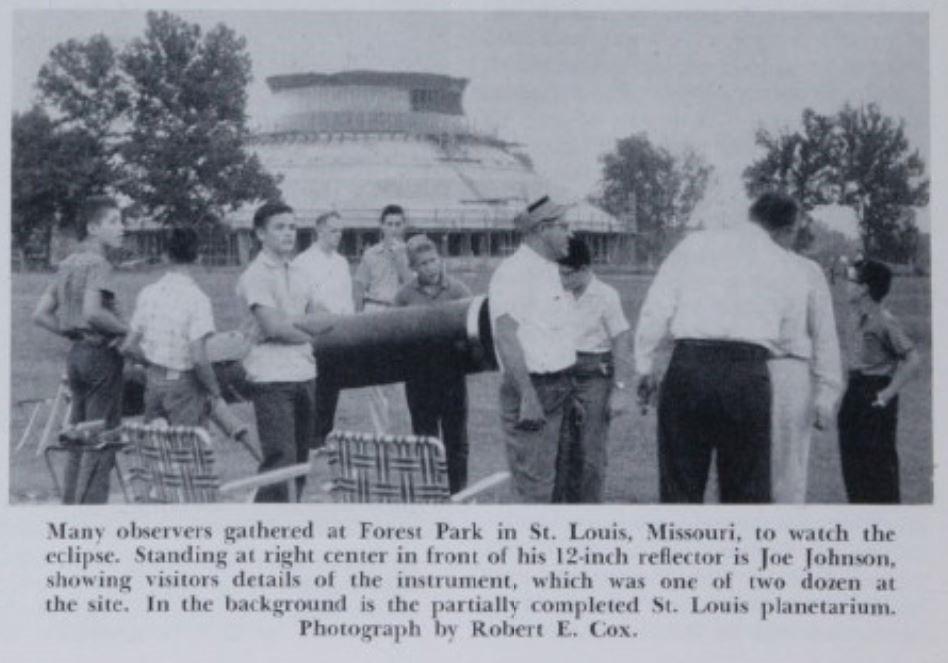
Collections, exhibits and demonstrations focused on space science and technology were also always part of the plan; Wilensky reported that the Planetarium would feature “exhibit halls with approximately 13,000 square feet of space for scientific demonstrations, touring exhibits and other displays. A display of meteorites, a diorama of the surface of the moon, a radar television show, a ‘theater of the atom,’ a display of ‘telephone magic’ and an exhibit of models of space ships have been mentioned.”
Even membership was part of the original plan, as the Planetarium Forming Group had included sales of memberships to generate revenue to help keep the Planetarium a fiscally self-supporting public entity. And in the days before Google and YouTube, the Planetarium even offered a library filled with books to help keep its visitors abreast of cutting-edge science news.
Dickson also added that “The Planetarium…will be the nucleus of a considerably larger science center, toward which the group will continue to strive.” In 1985, the Planetarium was reborn as the Saint Louis Science Center, and in 1991 we expanded to the Oakland Building across the highway from the Planetarium. We are thrilled and honored to keep the Planetarium Forming Group’s dream alive almost seventy years into the future.
Because of these dreamers, we were the first publicly financed and owned major planetarium in the United States. This plan and vote predated the launch of Sputnik 1 and the “space race” by over three years. Sputnik and the Apollo Program spurred many communities across the country to build planetariums as interest in space soared, but St. Louis was forward-thinking and ahead of the curve.
So if you have parents or grandparents from St. Louis, ask them what they remember about the days when our Planetarium was a dream that the citizens voted to make a reality. And from all of us here at the Science Center, please tell them we say thank you.
Star Shows
Planets of Rock
Join us for an out-of-this-world look at the rocky planets in our Solar System – Mercury, Venus and Mars. From the earliest ground-based observations to our most recent robotic explorers, discover how knowledge of these worlds shapes our understanding of the Solar System and guides our search for life beyond Earth.
Stars Around the World
From the auroras of the arctic north to the tropical constellations of the southern hemisphere, leave the familiar sights of St. Louis behind as we experience the nighttime sky from changing locations on Earth. Join us to discover there is always a reason to look up all around the world!
Live Sky Tonight
Relax under the clearest night sky in St. Louis as our skilled presenters lead you on a tour of the best the night has to offer. This live show is different every time, so stop back again to discover the changing stars, planets and other celestial events visible from your own backyard.
The Little Star That Could
The story of an “average” star who travels the universe in search of planets. Along the way he makes many discoveries about stars, planets, galaxies and himself.
Astronomy Dates
MARCH 20 | Vernal Equinox
The vernal equinox marks the first day of spring in the northern hemisphere. On this day, the sun shines above the celestial equator, providing equal amounts of light to both northern and southern hemispheres.
APRIL 22-23 | Lyrid Meteor Shower Peak
The annual Lyrid Meteor Shower will peak in the early morning hours of April 23rd. A thin crescent moon will set early leaving dark skies for great viewing in 2023. Meteors will radiate from the constellation Lyra, but can appear anywhere in the sky.
MAY 8 | Venus at highest in evening sky
What’s that bright star in the west? It isn’t a star, but the planet Venus! Our sister planet returns to the evening sky throughout the beginning of 2023 and will be extremely bright in the west after sunset.
JAMES S. MCDONNELL PLANETARIUM
OMNIMAX® Theater
NOW PLAYING | DOCUMENTARY FILM
It is a land of mystery, and what happens here affects every single one of us. With never-before-seen footage, our story brings audiences to the farthest reaches of this wild and majestic continent. It is the coldest, driest and windiest place on Earth with the roughest oceans, and yet, weird and wonderful creatures thrive here in astounding abundance. Antarctica is the perfect fit for the Giant Screen.

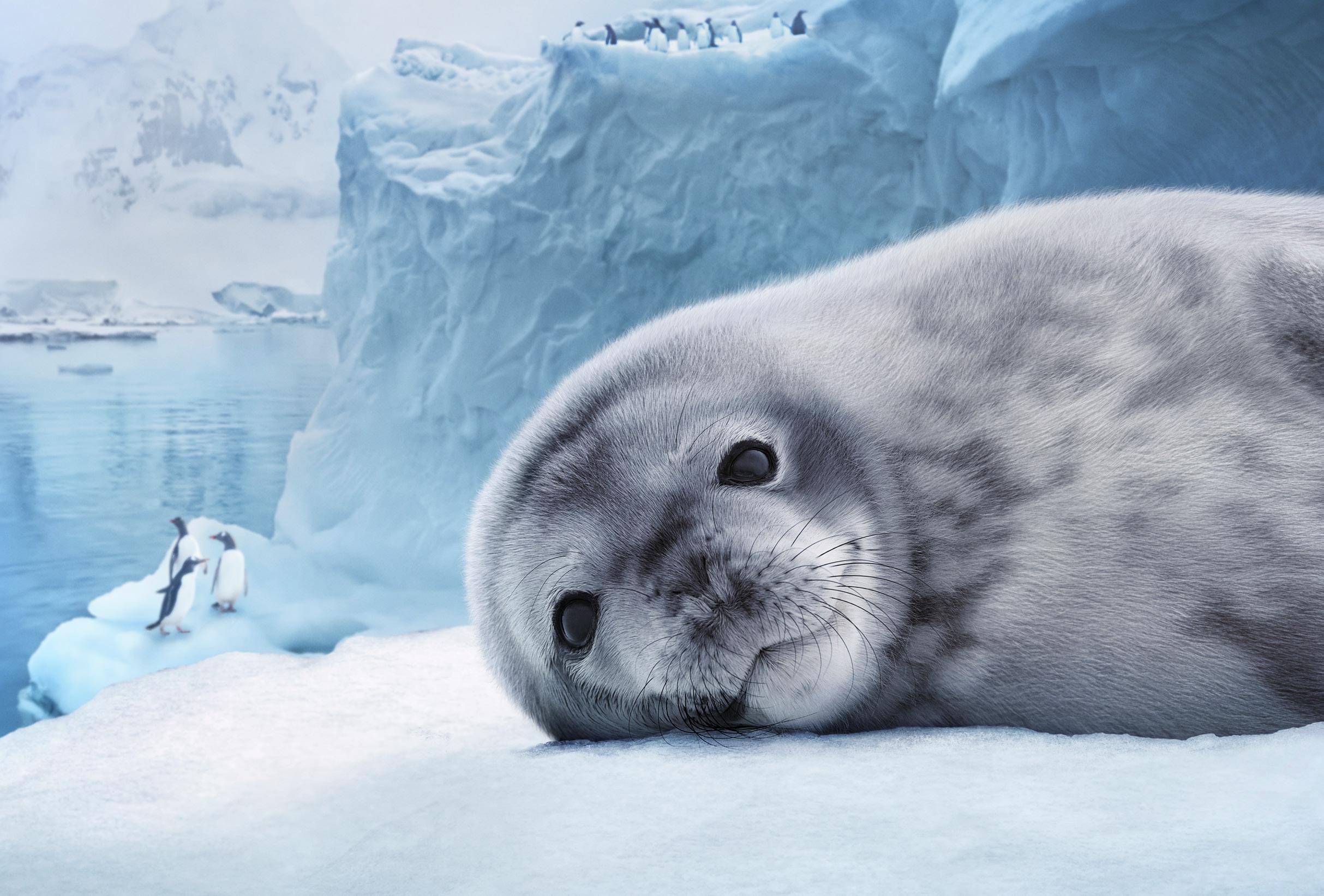
NOW PLAYING | DOCUMENTARY FILM
Born to be Wild is an inspiring story of love, dedication and the remarkable bond between humans and animals. This film documents orphaned orangutans and elephants and the extraordinary people who rescue and raise them–saving endangered species one life at a time. Stunningly captured in IMAX 3D and narrated by Academy Award® winner Morgan Freeman.

NOW PLAYING | DOCUMENTARY FILM
Secrets of the Universe is a sweeping, giant-screen adventure that immerses audiences in the greatest mysteries of our time and introduces the brilliant minds seeking to unravel them. Those answers await at the collision points of intellect and imagination, of theory and experiment, of the tiniest particles and most powerful forces in the universe.

20 SPRING 2023
Work with us!
Do you want to be in an environment where guests are having fun playing games, experiencing virtual reality, gazing at the stars in the universe, experiencing world-class exhibitions, AND watching great movies?

Then the Saint Louis Science Center is for you. Come be part of a team that creates memorable moments for our guests!
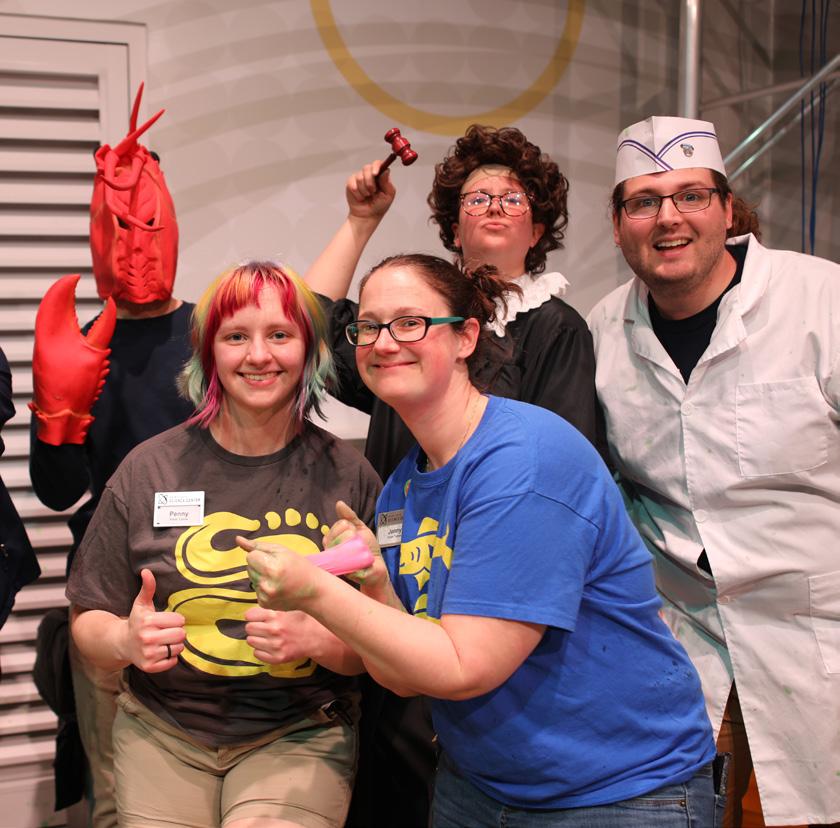
To see our current job offerings, visit slsc.org/careers.
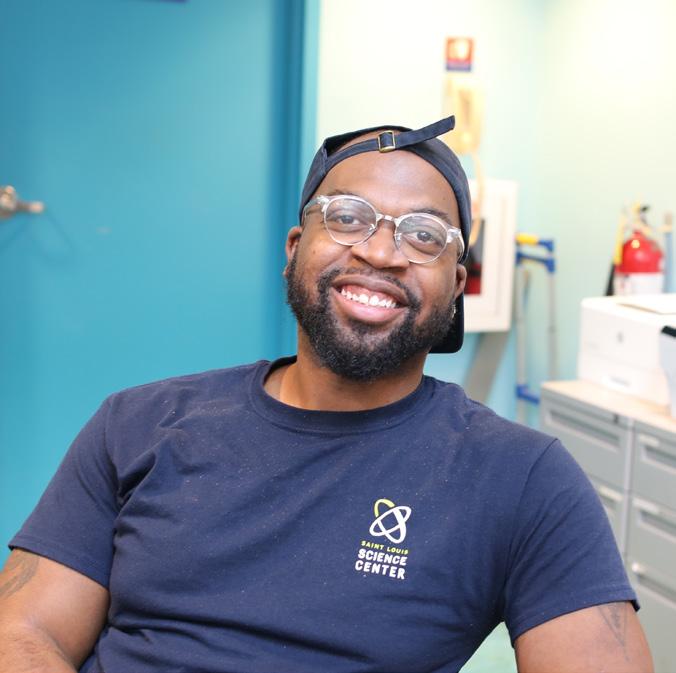
Project Lead the Way Senior Showcase at the Science Center
FRIDAY | APRIL 28, 2023
The Saint Louis Science Center is proud to present the Project Lead the Way Senior Showcase in late April. This program is a capstone showcase for high school students who have worked on STEAM-based projects for an entire year. Awards and scholarships will be given to students that day. It’s a great chance to see what some of the area’s most promising future scientists are up to!
Learn more about PLTW: https://www.pltw.org/our-programs
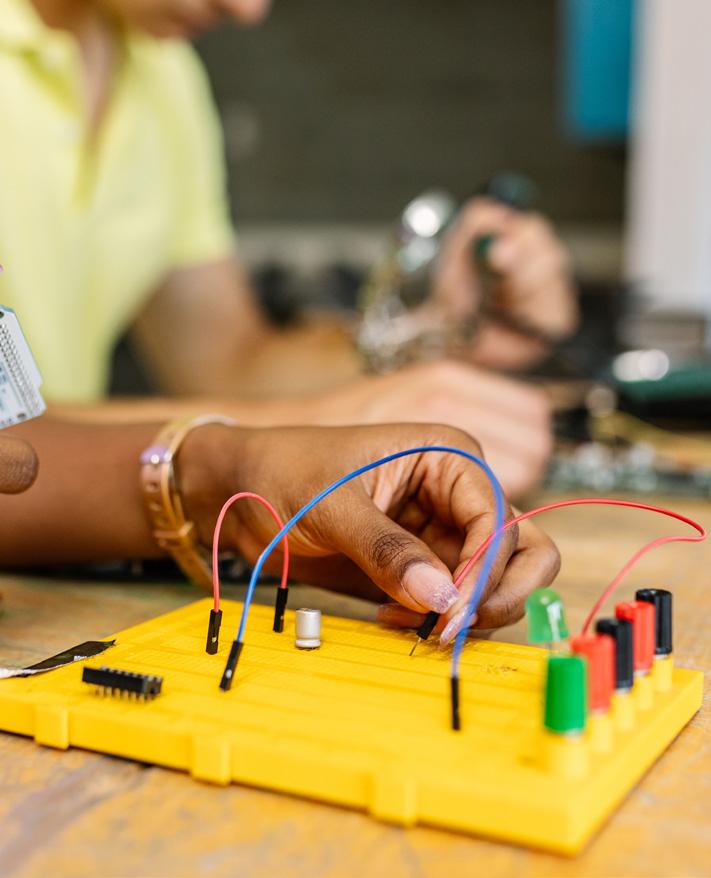
slsc.org
A Measurable Impact in 2022:
Together the Science Center and the Sheldon Concert Hall served:
1,250 Students
27 Schools
in the Missouri/Illinois metro area through the SOLID Project.
How Do You See A Sound?
That’s a question the Science Center and the Sheldon Concert Hall have been answering together for several years as part of the SOLID Project, or Science of Learning Instrument Design.

As part of the program, teachers and students complete a three-part project where students enjoy the Science Center’s interactive Science of Sound demonstration and receive instruction from a teaching artist from the Sheldon before creating and constructing their own musical instrument.


Bridging the elements of STEAM—science, technology, engineering, the arts and math—the SOLID Project incorporates and allows students to explore the science behind sound, then utilize the engineering design process along with skills like creativity and critical thinking to build their own instruments.
Despite continuing the program virtually through the COVID-19 pandemic, teachers and students were excited to see the program return to classrooms throughout the bi-state area. For some schools that don’t have a dedicated music program, activities like the SOLID Project provide important experiences students might not have access to otherwise.
As part of the Science Center’s Science of Sound portion of the program, a Science Center educator illustrates how sound waves travel, shows how frequencies work, and ultimately gets students fired up with an exciting demonstration using a Rubens’ tube—a perforated tube that uses flammable gas and a speaker to visualize sound waves.
22 SPRING 2023 COMMUNITY
In the photos above, a Science Center team member demonstrates the Science of Sound program.
Using flammable gas and a speaker, a Rubens’ tube helps visualize sound waves.
STEAM-Powered PURINA
St. Louis is a home for STEAM. In this series we’re taking a closer look at some of the organizations, institutions and corporations putting science, technology, engineering, the arts and math into practice in St. Louis’ backyard.
Nestlé-Purina PetCare, a division of Switzerland-based global food company Nestlé S.A., is headquartered right here in St. Louis. Led by CEO Nina Leigh Krueger—the first female chief executive officer in the company's history— Nestlé-Purina PetCare produces and manufactures pet care products including dog and cat food, cat litter and other pet care products and employs a team of over 500 scientists, veterinarians and pet care experts.
$
10.2 billion+
in sales in the United States, Canada and Latin America.
As of 2020, Purina employs 8,700 people in the United States.
Purina's team of 500+ scientists
Includes:
Nutritionists
Veterinarians
Animal Behaviorists

Other Specialists
Special thanks to Nestlé-Purina PetCare for sponsoring the Science Center’s Becoming Jane: The Evolution of Dr. Jane Goodall special exhibition and supporting our mission to inspire everyone to be curious and engaged in science
slsc.org
IN 2020
The company has more than 20 manufacturing facilities located throughout the United States.
Discovering the Diversity in STEAM at the Community STEAM Showcase
For over 20 years, the Science Center has hosted the Community STEAM Showcase to highlight the accomplishments of people of color and women in all aspects of STEAM. The event took place on the Saturday before the Dr. Martin Luther King, Jr. holiday and showcased the diversity of the scientific community.
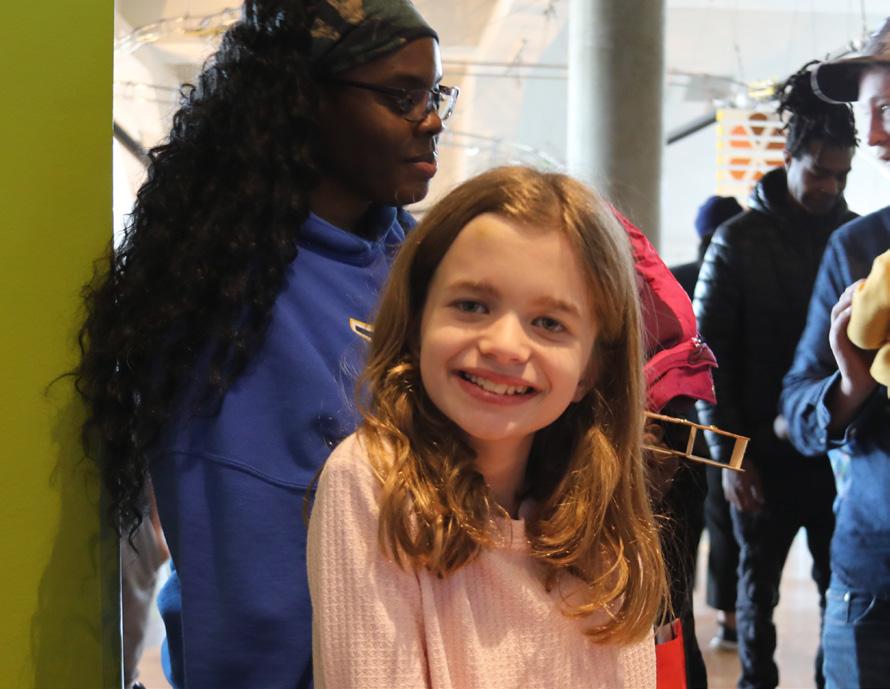

Throughout the building, teens from the Science Center’s YES Program had STEAM activities for guests to participate in. Engineering teens helped guests code robots and showed off their custom-built remote-controlled go-kart. Agriscience teens led guests in a game about plant parts, while Aerospace teens helped guests create and test helicopters and shared information and activities about space vehicles and celestial objects. In addition to hosting an esports competition, the Cybersecurity teens worked with guests to build computers. Entrepreneurship teens sold items from their business projects. In addition to documenting the event with photos and videos, the Media Arts teens ran a green screen where guests could choose a photo background and had an artistic photography display where guests could vote on the best pieces! The Integrative Medicine and Well-Being teens hosted an area where they showed exercises and how to make them fun with games, as well as demonstrating the muscles used for each exercise.
The Science Center hosted vendors from 29 organizations, including ABNA Engineering, Cardinal Health, St. Louis Community College’s Center for Plant and Life Sciences and more. In addition, presentations at Energy Stage featured Tanya Bergantz, the winner of the 2022 Carol B. and Jerome T. Loeb Prize for Excellence in Teaching Science and Mathematics, as well as a healthy cooking show presented by the YES Agriscience teens with a salad recipe they created. To highlight the wonderful diversity of culture in our region, there were also dance performances from the University City High School Golden Girls Dance Team, Soorya Performing Ars and iKarate Club. On top of all this, a pop-up exhibit from the Museum of Black Inventors illustrated many of the contributions that African Americans have made in STEAM.
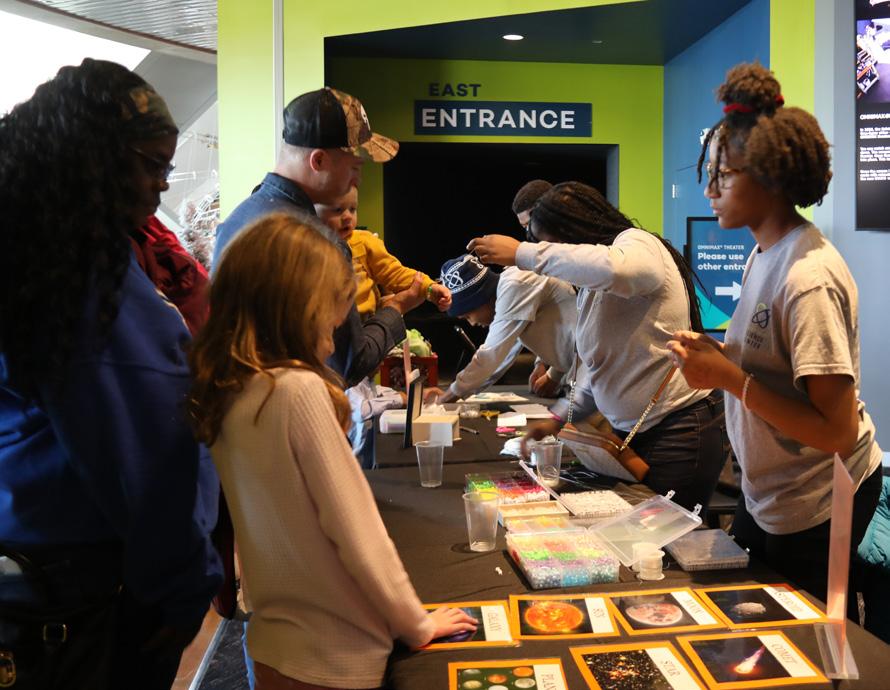
It was a very busy day, with over 4,000 guests attending! Thank you to all the vendors, exhibitors and performers who helped to make the event such a success.

24 SPRING 2023
COMMUNITY
Growth & Nature FOR THE MEDIA ARTS YES TEENS





Teens in the Youth Exploring Science (YES) Program's Media Arts component worked on a photo shoot in late 2022 and wrote their first artist statements to accompany their pieces, a useful skill to accompany their media arts training. The photos focus on the themes of growth and nature, and the artist statements show the variety of ways the YES Teens interpreted those themes.
The students were able to enjoy themselves, be creative and get their hands dirty as they collaborated on designing their shoots. Media Arts component manager Jasmine Krueger enthused, “I loved seeing the Teens get messy in the studio. They tore up plants, poured out jars of dirt and dug through bins of fabric to capture their images. Everyone in the studio had a smile on their faces; the energy was truly amazing.”
Krueger went on to explain that most of the photos were taken by one YES Teen photographer while another lit the shot. They also gave each other suggestions and feedback along the way. “I loved seeing how quick they were to help each other; it was a great show of teamwork and collaboration.”
Stay tuned to see what the Media Arts YES Teens will do next!
slsc.org
Harmony Cooper included a snake named Jupiter among a setting of flowers and lab goggles to represent the nature lessons available at the Science Center.
Deron Gipson used the lab goggles, roses and marbles to create eyes inside the goggles, and said he focused on the idea of giving inanimate objects life.
Walter Dunlap challenged himself by trying to take a still photo of an active dog named Lulu.
Zionna Anderson focused on contrasting the bright colors of flowers with the white background achieved by putting the flowers in milk.
Kayden Ramsay-Alexander photographed a ruler, surrounded by flowers and sticking out of a small pile of dirt, to symbolize the idea of a child’s growth.
YES Component Spotlight:
AGRISCIENCE
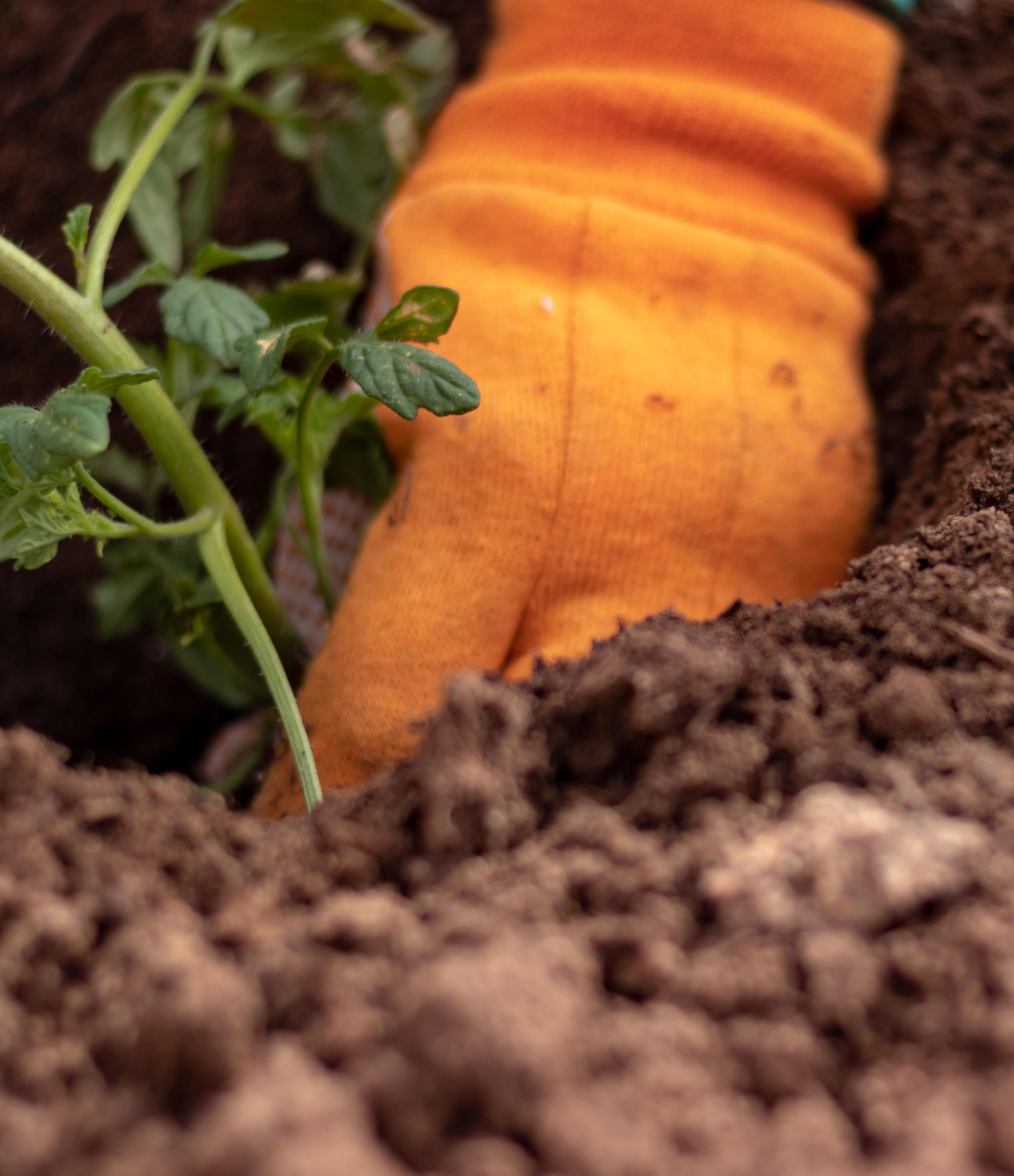
26 SPRING 2023 COMMUNITY
The YES Program’s Agriscience Component Highlights the Intersection of Health and Agriculture
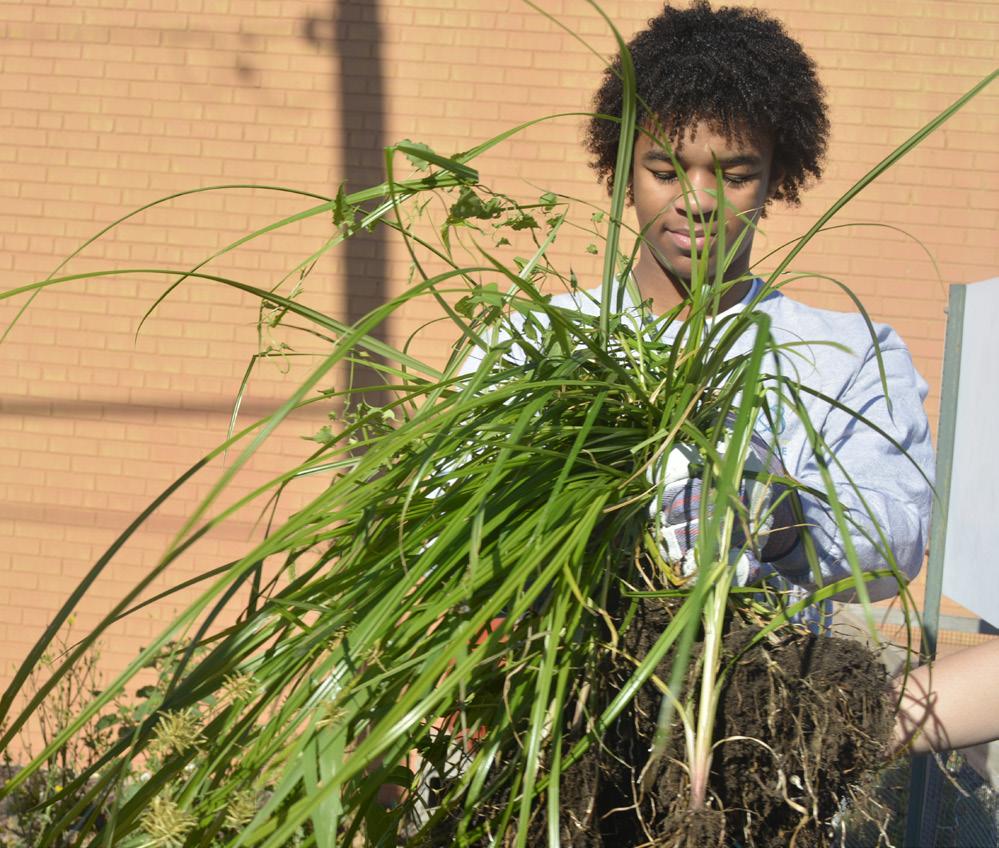
Saturday, September 24, offered perfect weather for a collaborative project in the Youth Exploring Science (YES) Program’s Agriscience component. Working together with staff members from Seed St. Louis, the Agriscience teens built four new gardening beds along the side of the Taylor Community Science Resource Center.
The YES Teens tore up the old garden beds with hammers and crowbars, did cleanup work, and then worked together to assemble the new beds—moving wood, lining up corners for the beds, and drilling holes and assembling. Grabbing shovels and wheelbarrows, the YES Teens moved dirt and filled in the beds so that they were ready for the day’s next activities: planting lettuce, as well as refilling the rain barrels and trimming back the irises.
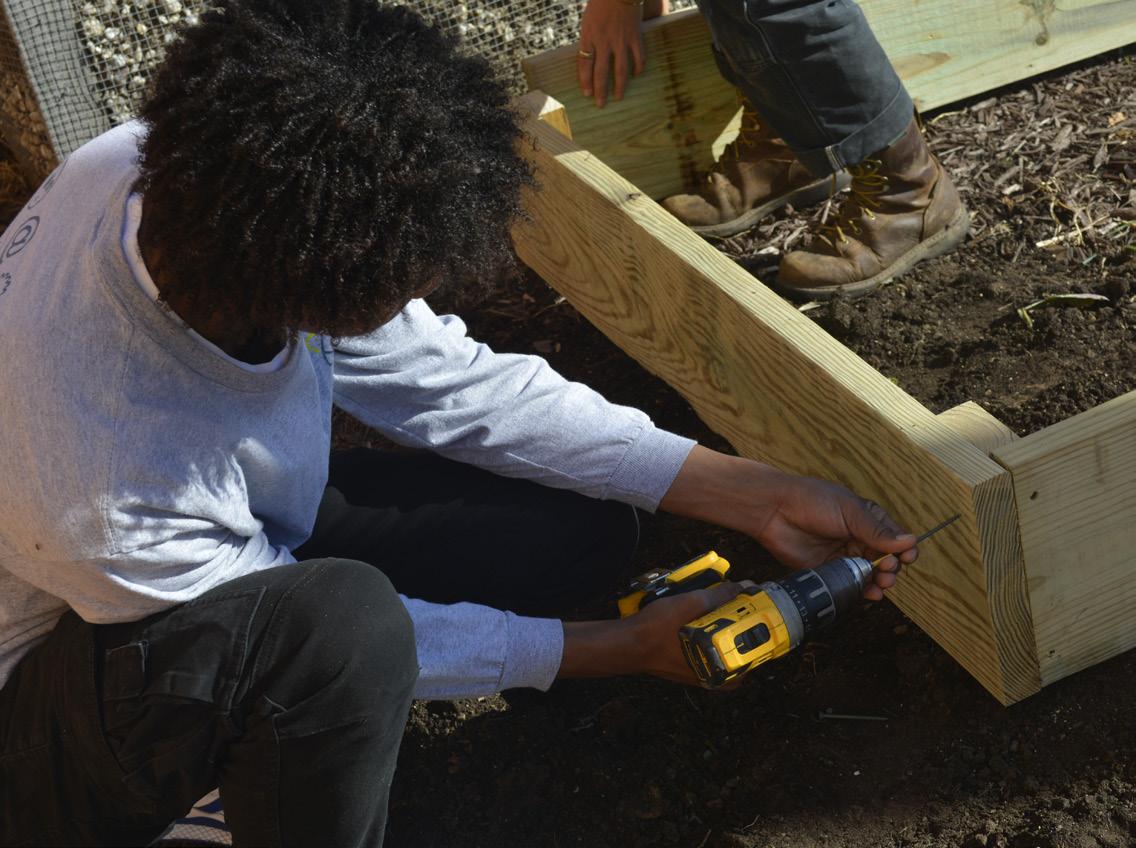
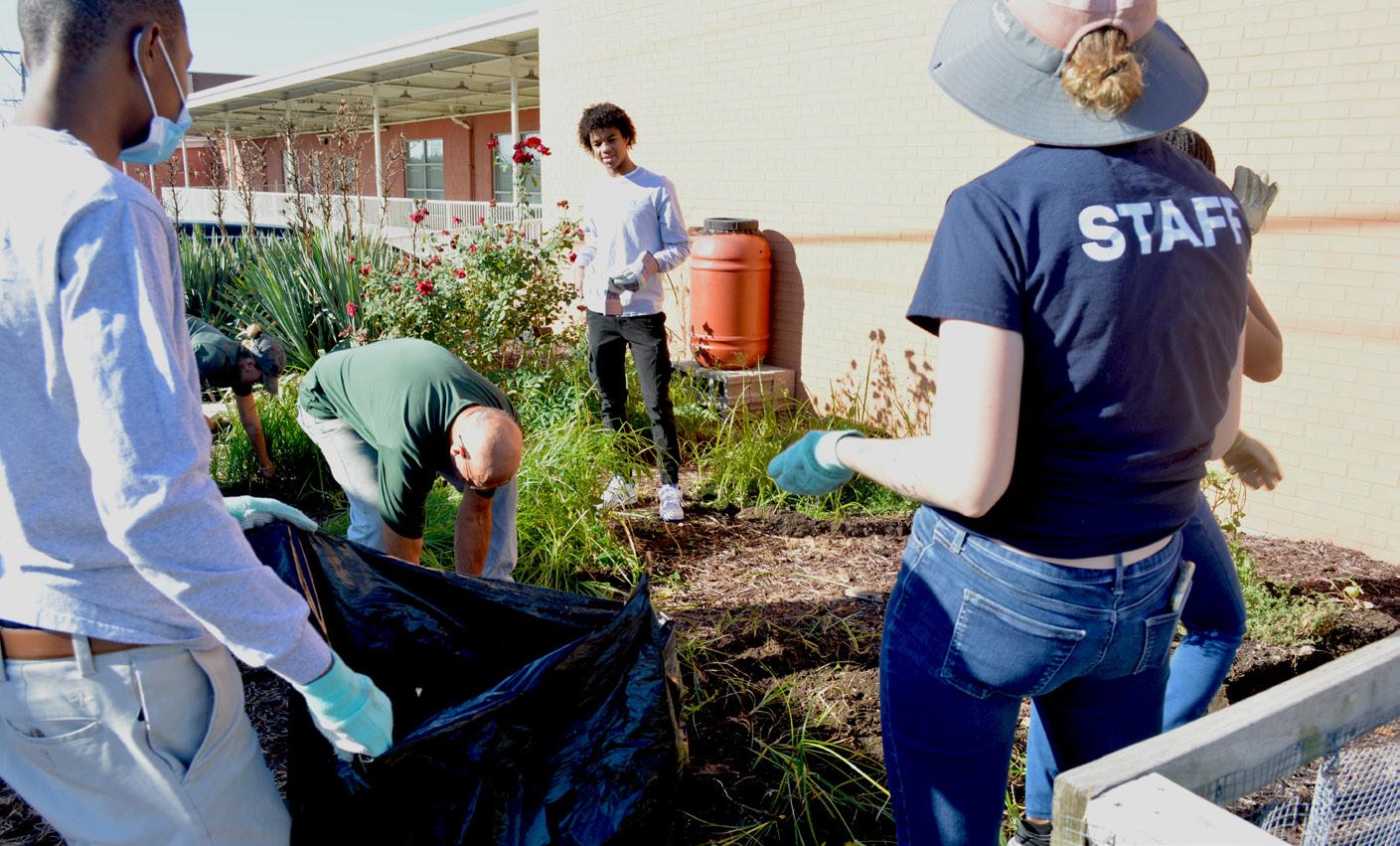
The day marked the return of the Agriscience component after two years. During the Covid-19 pandemic, Agriscience was combined with the program’s Entrepreneurship component. For the YES Teens, the fresh air and the sunshine weren’t just bonuses for the day. In fact, they’re a central part of YES’s Agriscience component, which investigates the intersection of health and agriculture.
Teens explore plants and the outdoors as preventative medicine through activities related to gardening, cooking and nutrition, and access to nature. The teens learn about careers and technology in agriculture, work with a variety of subject matter experts to complete projects and hone their skills, and through improved nutrition and a connection to the outdoors help spread the word about how plants contribute to our health.
In true YES fashion, the day was a chance for other components
in the YES Program to collaborate. Teens from the Media Arts component chipped in to help with breaking down the old beds, shoveling dirt, and building the new garden beds, in addition to capturing photos of the day. (In fact, the three photos in this story come from our YES Teens!) Plus, teens from the Engineering component took turns helping shovel dirt in between driving a go-kart.
As for the garden beds and the day’s plantings, the Agriscience component plans to utilize some of the produce in an upcoming collaboration in 2023 with the Media Arts component to create YouTube cooking videos, as well as some healthy, homegrown snacks. And in the summertime, the Agriscience YES Teens will take kids and community members from the Science Center’s community partner organizations to outdoor nature centers to experience the healthy effects of being outdoors.
slsc.org
Photo credit: Harmony Cooper, YES Teen
Photo credit: Harmony Cooper, YES Teen
Photo credit: Walter Dunlap, YES Teen
Esports
Army Showcases STEM Careers

Over 100 career paths available through the US Army lead to STEM-focused careers, so naturally, the Science Center is proud to partner with the US Army and showcase all the amazing STEM opportunities that the US Army has to offer.

The Army’s partnership with the Science Center’s Esports Program allows local gamers to compete in the Show Me Showdown Series four times a year playing various game titles. Recently, the Science Center and US Army provided opportunities for local gamers to compete in Rocket League and Fortnite.

During the most recent esports event, the US Army provided Science Center guests with the hands-on opportunity to experience robotic equipment used by the Army in the field. Additionally, guests were able to hear from members of the Army’s Explosive Ordinance Disposal team and learn how they use various pieces of equipment to safely remove dangerous items in the field. The Science Center looks forward to hosting future events with the US Army.
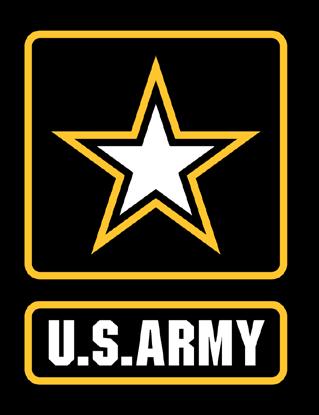
28 SPRING 2023
Laclede’s LAN Overnight Event
SATURDAY & SUNDAY | MAY 13-14
Join Laclede’s LAN and the Saint Louis Science Center’s Esports program for an overnight LAN party!

The two-day event allows participants to stay overnight at the Science Center and enjoy exclusive competitions and prize giveaways. Participants can bring their custom computer setups, where they show off their innovation and creativity. The event also includes a variety of local streamers, who put their talents on display live in the Science Center.
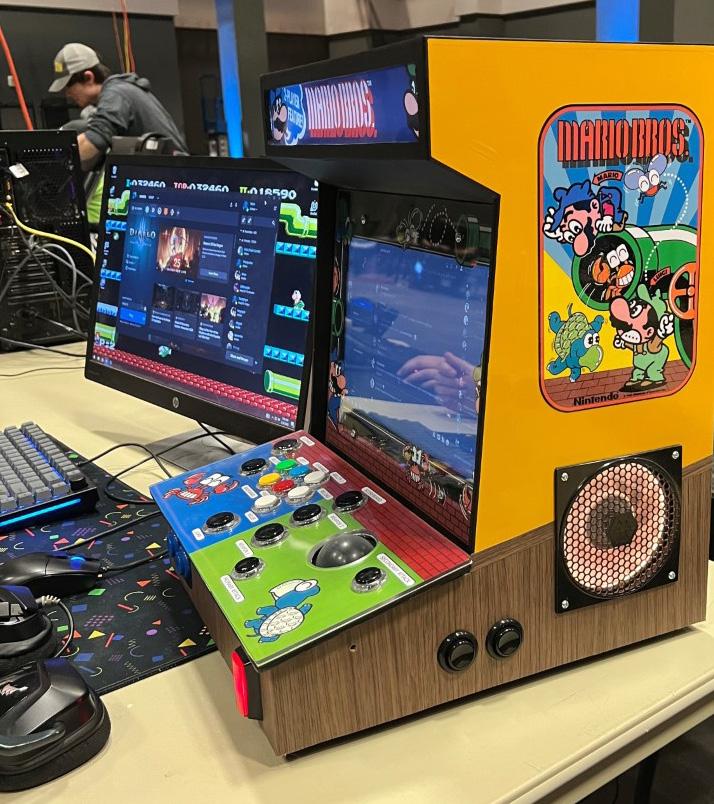
2022’s event consisted of over 100 gamers from different backgrounds, ages and geographic locations coming together for the first time since the COVID pandemic. These individuals enjoyed a weekend of friendly gaming, socializing and competition.
This year’s event will be bigger and better, offering registration for more participants, use of some of the Science Center’s unique venues, and of course, more competition! Proceeds from Laclede’s LAN events help provide computer science education to our community. The Science Center is excited to continue working with Laclede’s LAN to provide these opportunities for computer science learning.
To learn more and register, visit slsc.org/esports
Esports
The Science Center is glad to collaborate with the University of Health Science and Pharmacy (UHSP) for their Esports Camp again this summer. These camps provide a chance for students to meet with real gaming and esports industry professionals, enjoy gaming on top-end equipment and learn about collegiate esports, the path to recruitment and much more.
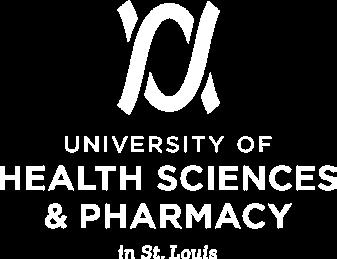
Camps take place on the UHSP campus Monday through Thursday. On Friday, campers take a field trip to the Science Center for fun competition and an opportunity to experience all the Science Center has to offer. The cost is $250 per camper per session. Save $50 when you sign up for both camps!
CAMP DATES FOR 2023:
Monday, June 12–Friday, June 16 | Esports Basics
Monday, July 10–Friday, July 14 | Content Creation
Registration coming soon at slsc.org/esports
slsc.org
+ +
Laclede’s LAN
Laclede’s LAN
Laclede’s LAN
DONOR
SPOTLIGHT:
Missouri Soybean Merchandising Council

Can you tell readers about the Missouri Soybean Merchandising Council and what role your organization plays in Missouri?
The Missouri Soybean Merchandising Council (MSMC) is led by thirteen farmerleaders who direct funding of our state’s soybean checkoff (a congressionally mandated assessment on soybeans, with proceeds used to fund soybean research and promotion). The checkoff is committed to promoting and advancing innovative research, production and marketing solutions to maximize Missouri soybean farmer profitability.
In the past few years, Missouri Soybeans has opened a new innovation facility in Jefferson City, MO. Can you talk about some of the public education work that happens at the facility?
Our dedication to research and education for all things soy is on full display within the Center for Soy Innovation (CFSI), which opened to the public in March of 2020. Located just off Highway 50 in Jefferson City, CFSI is a hub for all the ways Missouri’s number one cash crop impacts consumers’ daily lives.
CFSI welcomes groups and visitors of all ages to learn more about soybeans through interactive exhibits, soy-based building materials and more. We have over 3,000 visitors annually and take pride in sharing the story of soy with each one of them.

Why did the Missouri Soybean Merchandising Council decide to get involved with the Science Center?
One of the core missions of the soybean checkoff is education and driving home the importance of not only soybean production, but agriculture in general to the general public. With agriculture being the number one industry and soybeans being the state’s top cash crop, it is critical the sector is portrayed in the proper light and messaging is correct across corners of the state.
It is also important that Missouri Soybeans maintains relationships with industry stakeholders, companies, exhibits and more throughout Missouri, which led to the initial conversation with the Saint Louis Science Center. With investments from our counterparts in Illinois and other statewide agricultural organizations in Missouri, the Missouri Soybeans team felt it was important to get involved and contribute to the narrative and science-based approach of the GROW Gallery.
SUPPORT MAKES OUR MISSION POSSIBLE
Thank you!
Thank you to all of our philanthropic partners and sponsors for your support and making our mission to inspire everyone to be curious and engaged in science possible. Here are some of the recent gifts that are making an impact on STEAM education through the mission of the Saint Louis Science Center.

PARTNERSHIP & SUPPORT
Learn more about Missouri Soybeans Association at mosoy.org
Missouri Soybeans’ Center for Soy Innovation
$58,333
SPONSORSHIP FROM: Case IH
RECEIVED: July 8, 2022
$80,000
FOR: The YES Program
GRANT FROM: The Boeing Company
RECEIVED: July 18, 2022
$15,000
SPONSORSHIP FROM: Gateway Information Committee

RECEIVED: August 4, 2022
$5,000
FOR: The YES Program
GRANT FROM: Blues for Kids

RECEIVED: October 18, 2022
$10,000
FOR: Becoming Jane: The Evolution of Dr. Jane Goodall special exhibition
SPONSORSHIP FROM: Nestle Purina
PetCare
RECEIVED: November 7, 2022
$2,500
SPONSORSHIP FROM: Safety National
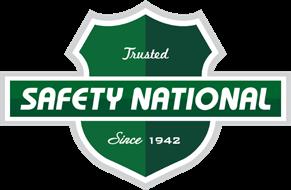
RECEIVED: August 4, 2022
$15,000
DONATION FROM: Harlene and Marvin Wool Foundation
RECEIVED: December 9, 2022
$20,000
FOR: The YES Program
GRANT FROM: Employees
Community Fund of Boeing St. Louis
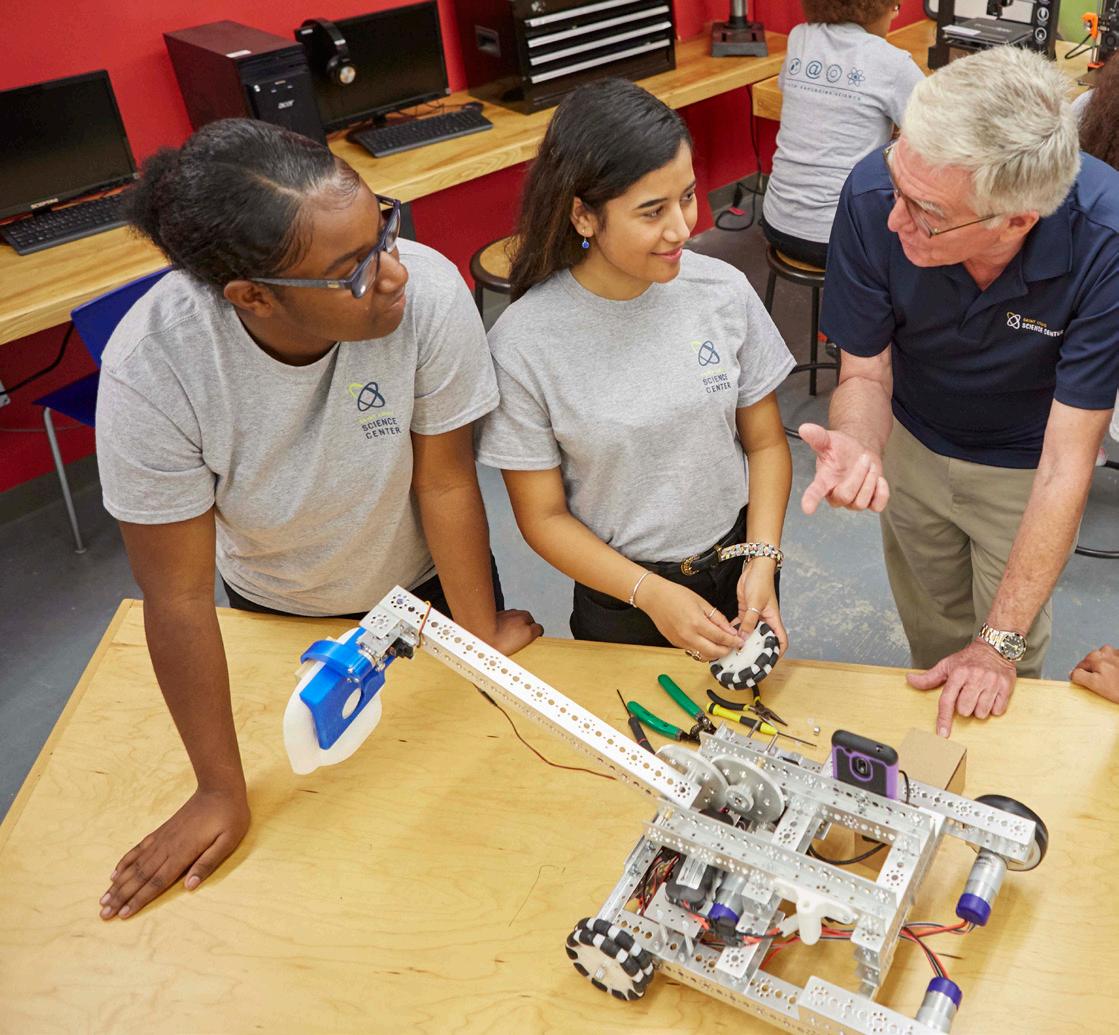

RECEIVED: December 11, 2022
$15,000
FOR: The YES Program
GRANT FROM: Henry A. Jubel Foundation
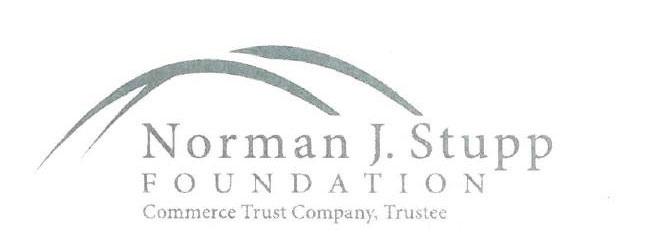
RECEIVED: August 4, 2022
$20,000
SPONSORSHIP FROM: Missouri Beef Industry Council

RECEIVED: September 23, 2022
$15,000
FOR: The YES Program
GRANT FROM: Norman J. Stupp
Foundation
RECEIVED: December 1, 2022
$20,000
FOR: The YES Program
DONATION FROM: Anonymous
RECEIVED: December 11, 2022
$10,000
FOR: The YES Program
GRANT FROM: Toyota U.S.A.

RECEIVED: December 14, 2022
$5,000
FOR: The YES Program
GRANT FROM: Cardinals Care
RECEIVED: December 8, 2022
$10,000
DONATION FROM: Ensign-Bickford Industries Foundation
RECEIVED: December 16, 2022
slsc.org
5050 Oakland Ave.
St. Louis, MO 63110
NewScience is always GREEN
The Saint Louis Science Center is a committed steward of the environment. We are proud to continue to offer the digital and interactive version of NewScience at slsc.org/newscience
If you would like to opt for a sustainable choice and only view NewScience digitally, please send an email to us at memberships@slsc.org to no longer receive a paper subscription.

You can also send us an email if:
• Your email address has changed
• Your name is misspelled
• Your address is incorrect
Smithsonian A liate Membership Program
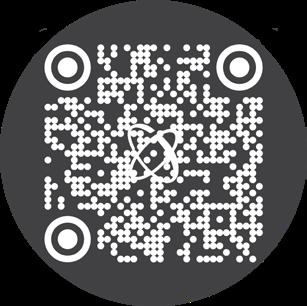
Celebrate the 60th anniversary of the McDonnell Planetarium and help connect St. Louis with the stars for the next 60 years.
On April 16, 1963, an iconic part of St. Louis welcomed the community when the James S. McDonnell Planetarium opened, inviting people of all ages to look up at the sky and develop a deeper bond with science, technology, and the stars above. Today, the McDonnell Planetarium continues to take the St. Louis community to space and back. Scan
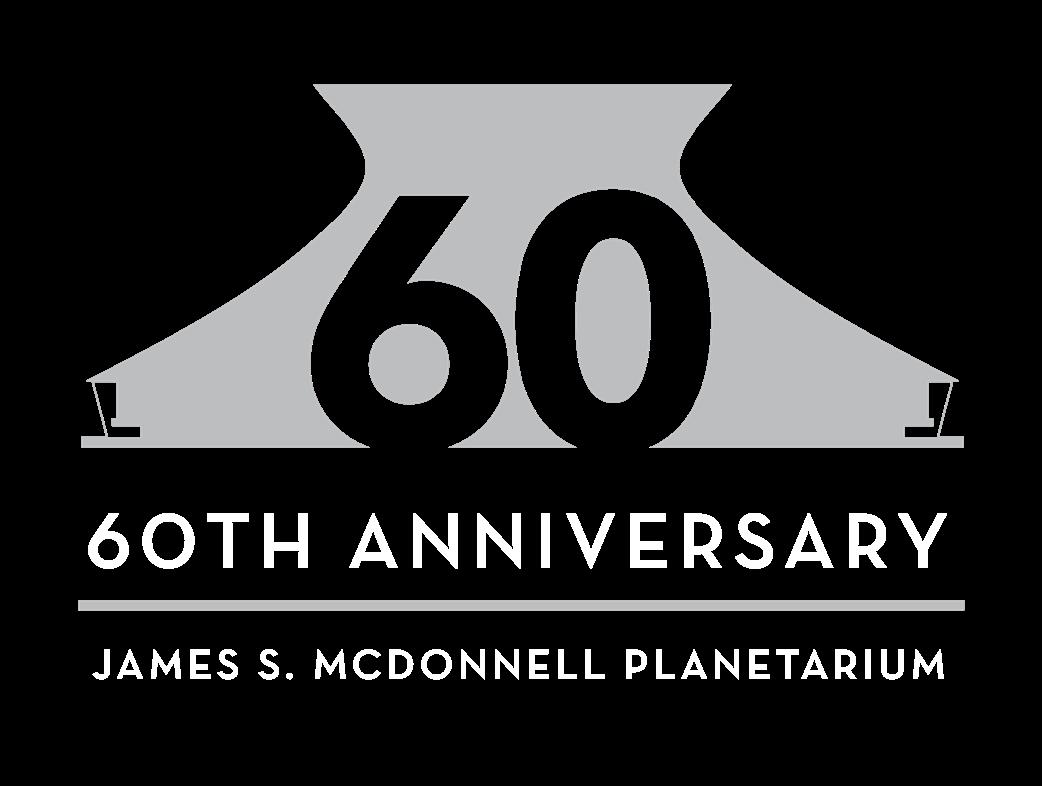
NONPROFIT ORG U.S. POSTAGE PAID ST. LOUIS, MO PERMIT NO. 1491
the QR code or visit slsc.org/donate to make a gift to the Science Center’s Annual Fund in honor of the McDonnell Planetarium’s 60th anniversary!










































































































